Biography
"Ingo Maurer plays with light the way he dances. He feints, he swirls, pretends to be a dilettante, but is, in fact, perfectly familiar with the music." (Dessecker 2008). This quote by Marie-Claude Beau connects everything that characterizes the work of lighting artist Ingo Maurer.
The designer, who grew up on the island of Reichenau on Lake Constance, came to industrial design via detour. He was trained as a typographer and then studied graphic design in Munich between 1954 and 1958. Two years later he emigrated to the USA to work as a freelance designer in New York and San Francisco, finally returning to Munich in 1963.
There he founded the company Design M, which was later renamed Ingo Maurer GmbH. Already one of his first designs, the 'Bulb‘ (1966) eventually became a design icon and added to the Design Collection of the Museum of Modern Art just a short time later. Later works such as the low-voltage lighting system 'YaYaHo' (1984) or the hologram light 'Wo bist du, Edison, ….?' (1997) followed. Today, a large number of his works can be found in international collections.
Like no other designer, Ingo Maurer's creations have also become an integral part of the city of Munich. Among others, he equipped several subway stations or even the Residenztheater with his lighting concepts. In 2019, a comprehensive retrospective of his work took place at the Neue Sammlung.
Ingo Maurer's work has always been characterized by his passion for the light of the light bulb, which was the center of his designs for many decades. As an expression of simplicity and logic, the light bulb accompanies Ingo Maurer's work as an object (‘Lucellino' (1992)) or quotation ('Holonzki' (2000)), as an illuminant and at the same time as a symbol of his work, and never lost its appeal for him. However, he also integrated new technologies such as LED and halogen in his work, which can be seen, among others, in the 'XXL Dome’ ceiling light (1999). Two versions of this light were sold for 12,000 EUR in 2015.
Ingo Maurer's conviction lies in combining high-tech and poetry, which is why he saw himself less as a designer and more as a 'lighting artist'. The source material for his works is extremely wide-ranging, from everyday objects such as Campari bottles or tea strainers to gold and porcelain.
A peculiarity of his lights is that they are usually provided with a large pinch of humor and parody. Therefore, a large number of his designs, such as 'Bibibibi' (1982) or 'Porca Miseria!’ (1994) make you smile. As a result, Ingo Maurer does not only focus on the function of his lights, but always puts the effect on people in the foreground of his interest. When asked why he uses paper for his lampshades, as he did in his design for the ceiling lamp 'Hana 1' (1974), he once answered with: "It makes people look better" (Dessecker 2008).
Objects by Ingo Maurer
-
Sold
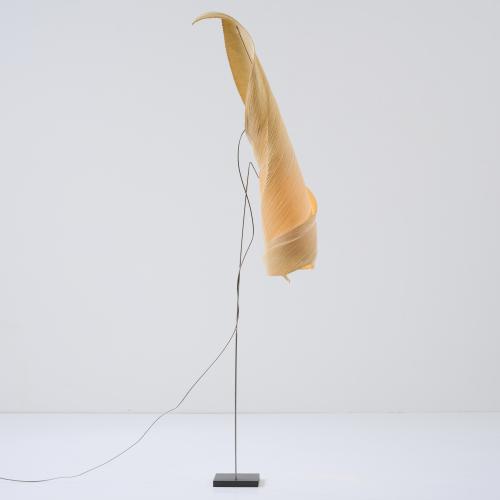
Ingo Maurer, Dagmar Mombach Design M Ingo Maurer, München / Munich
Table light 'Alodri' from the 'MaMo Nouchi' series, 1998
Hammer Price: 1,000 €
-
Sold
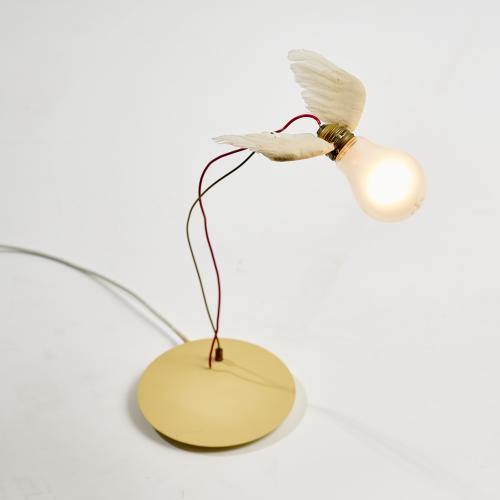
Ingo Maurer Design M, Maurer, Ingo, München / Munich
Table light 'Lucellino', 1992
Hammer Price: 270 €
-
In the post auction sale
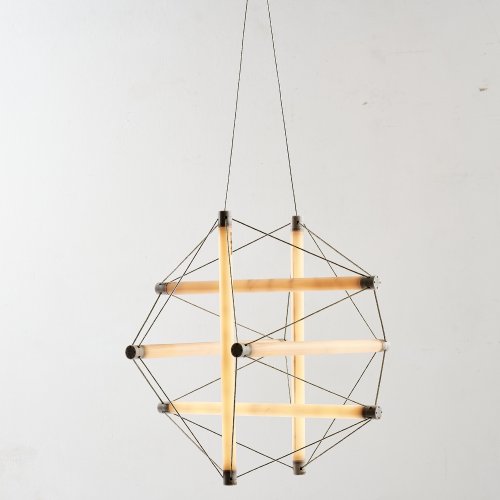
Peter Hamburger, Ingo Maurer Design M, Ingo Maurer München
Ceiling / table light 'Light Structure', 1983
Reserve price: 3,000 €
-
In the post auction sale
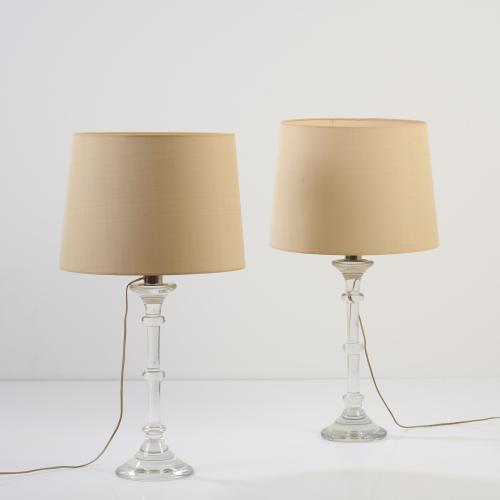
Ingo Maurer Design M, Maurer, Ingo, München; Val St. Lambert
Two 'Tiffany' table lights, 1969
Reserve price: 900 €
-
In the post auction sale
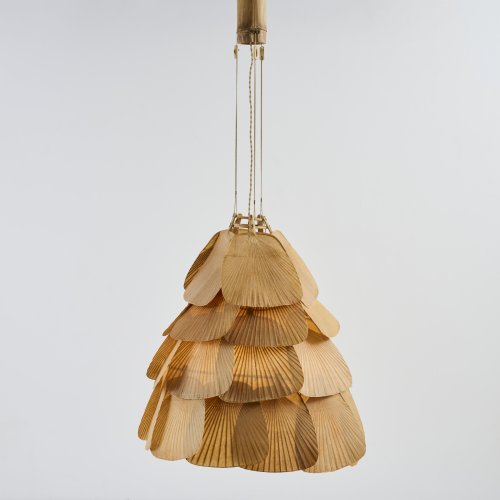
Ingo Maurer Design M, Maurer, Ingo, München / Munich
Ceiling light 'Niju-Ichi' from the 'Uchiwa' series, 1970s
Reserve price: 18,000 €
-
Sold
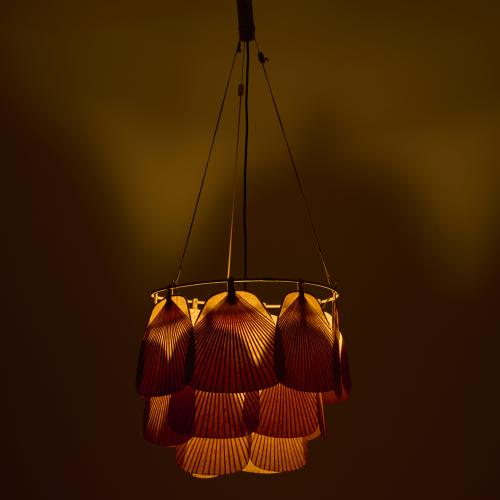
Ingo Maurer Design M, Maurer, Ingo, München / Munich
'Ju-Ku' ceiling light from the 'Uchiwa' series, 1973 (design)
Hammer Price: 9,000 €
-
Sold
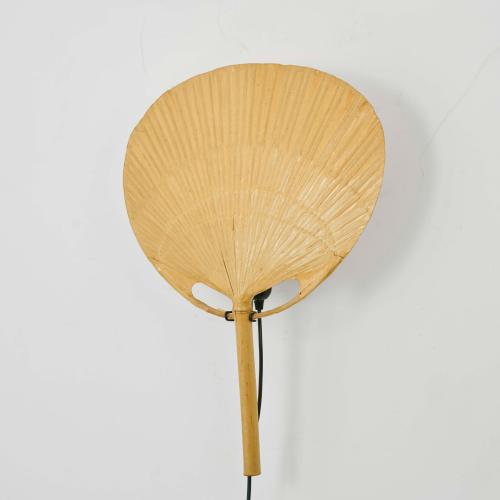
Ingo Maurer Design M, Maurer, Ingo, München
'Uchiwa IV' wall light, 1973 (design)
Hammer Price: 800 €
-
Sold
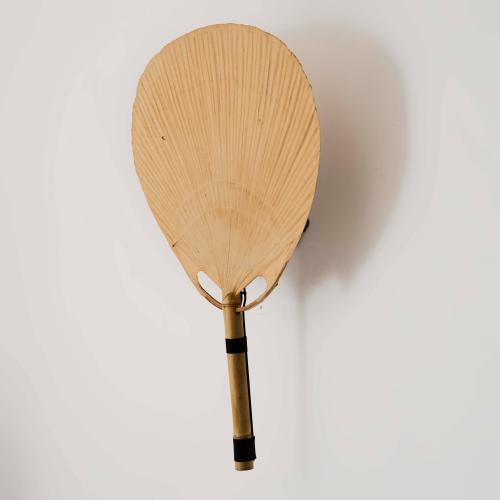
Ingo Maurer Design M, Maurer, Ingo, München / Munich
'Uchiwa III' wall light, 1973 (design)
Hammer Price: 1,200 €
-
Sold
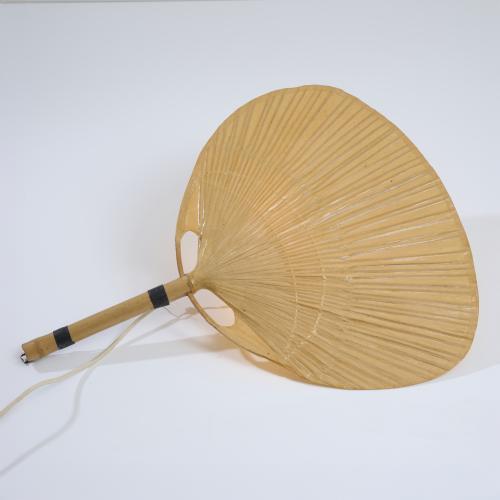
Ingo Maurer Design M, Maurer, Ingo, München / Munich
'Uchiwa III' wall light, 1973 (design)
Hammer Price: 2,100 €
-
Sold
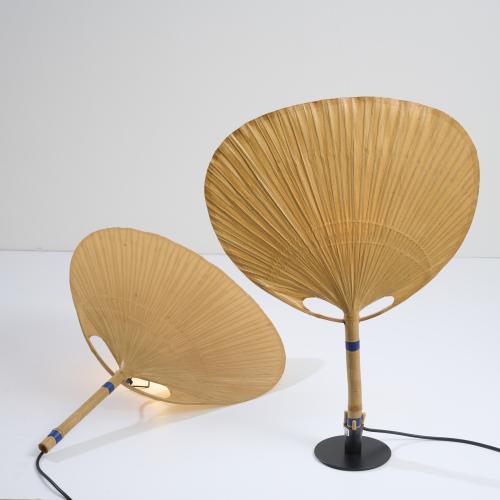
Ingo Maurer Design M, Maurer, Ingo, München / Munich
Two wall lights 'Uchiwa III', 1973
Hammer Price: 3,000 €
-
Sold
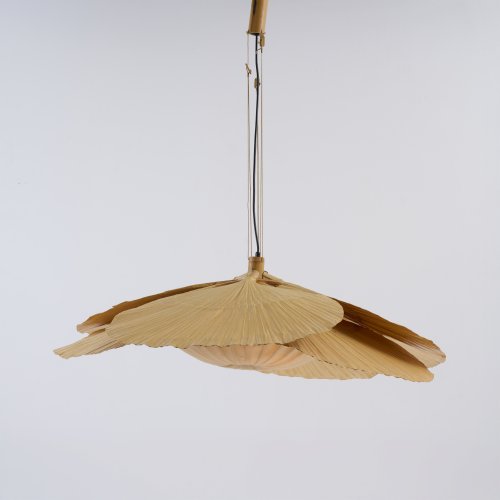
Ingo Maurer Design M, Maurer, Ingo, München / Munich
Ceiling light 'Hana II' from the 'Uchiwa' series, 1974
Hammer Price: 9,500 €
-
Sold
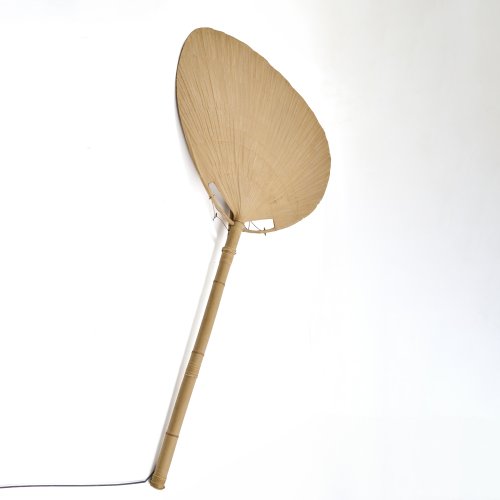
Ingo Maurer Design M Ingo Maurer, München / Munich
'Uchiwa I' floor lamp, 1973 (design)
Hammer Price: 6,000 €
-
Sold
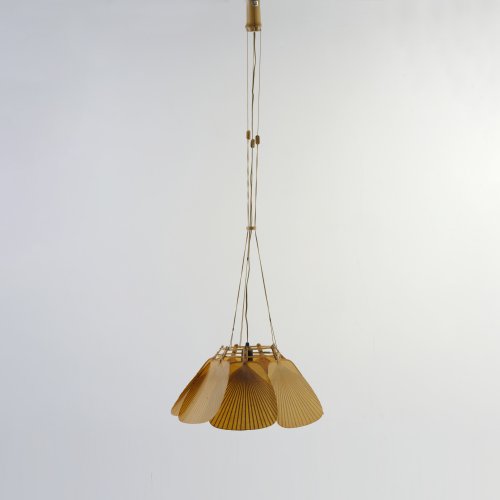
Ingo Maurer Design M, Maurer, Ingo, München / Munich
Ceiling light 'Shichi' from the 'Uchiwa' series, 1973
Hammer Price: 4,200 €
-
Sold

Ingo Maurer Design M, Maurer, Ingo, München / Munich
'Lucellino' ceiling light / staircase light, 1992 (design)
Hammer Price: 1,200 €
-
Sold
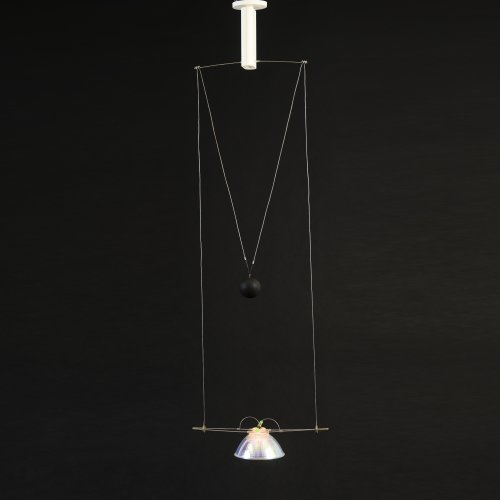
Ingo Maurer Deign M, Maurer Ingo, München / Munich
Ceiling light 'Ilo Ilu', 1986
Hammer Price: 400 €
-
Sold

Ingo Maurer Design M, Maurer, Ingo, München
'Oh Mei Ma - silver' ceiling lamp, 1993 (design)
Hammer Price: 4,000 €
-
Sold
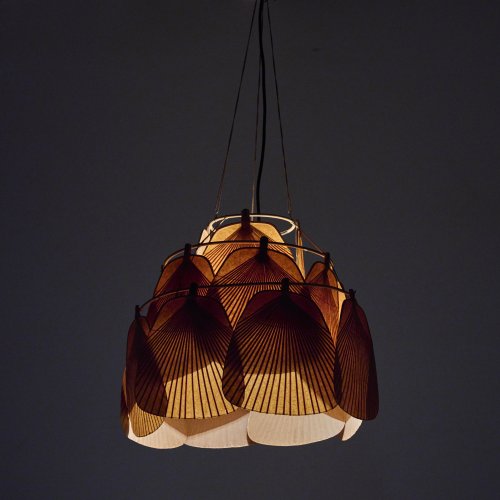
Ingo Maurer Maurer, Ingo, Design M, München
'Ju-Ku' ceiling light from the 'Uchiwa' series, 1973 (design)
Hammer Price: 10,000 €
-
Sold
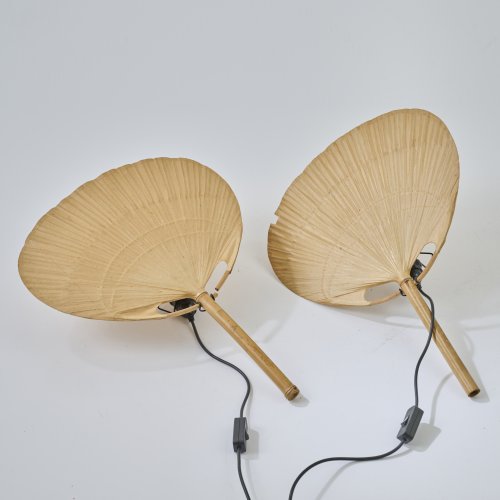
Ingo Maurer Design M, Maurer, Ingo, München
Two 'Uchiwa IV' wall lights, 1973 (design)
Hammer Price: 2,500 €
-
Sold
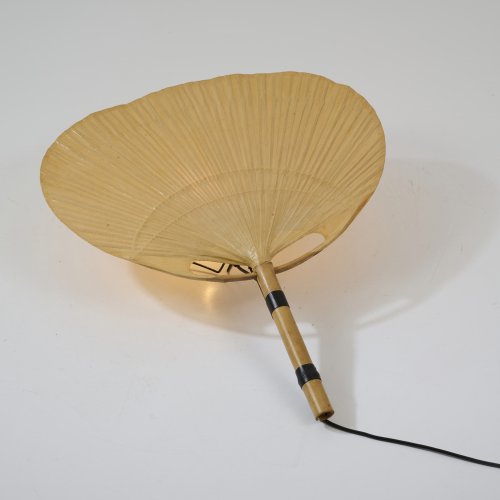
Ingo Maurer Design M, Maurer, Ingo, München
'Uchiwa III' wall light, 1973 (design)
Hammer Price: 2,100 €
-
Sold
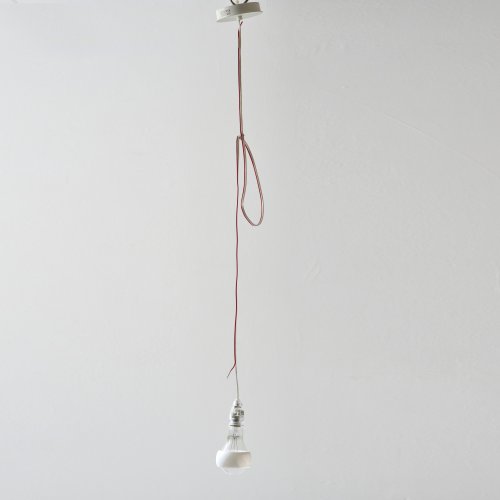
Bernhard Dessecker, Ingo Maurer Design M. Maurer, Ingo, München
'Johnny B. Good' ceiling light, 2002 (design)
Hammer Price: 300 €
-
Sold
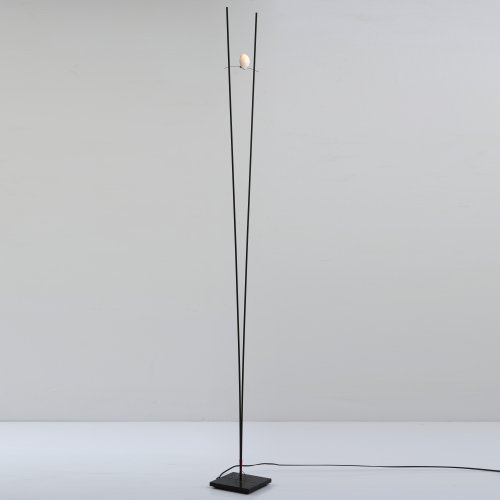
Ingo Maurer, Franz Ringelhan Design M, Maurer, Ingo, München
'Ilios' floor light, 1983 (design)
Hammer Price: 400 €
-
Sold
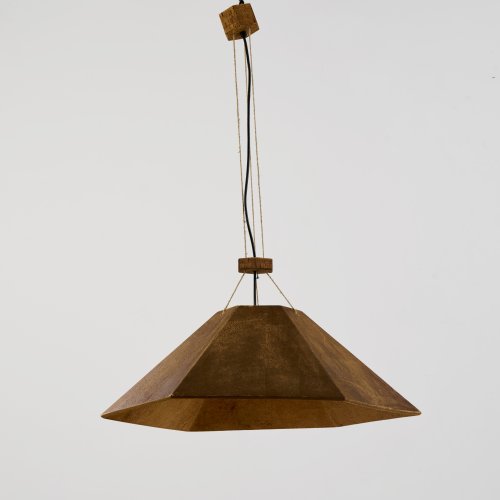
Ingo Maurer Design M, Maurer, Ingo, München / Munich
'Zanil' ceiling light, 1974 (design)
Hammer Price: 800 €
-
Sold
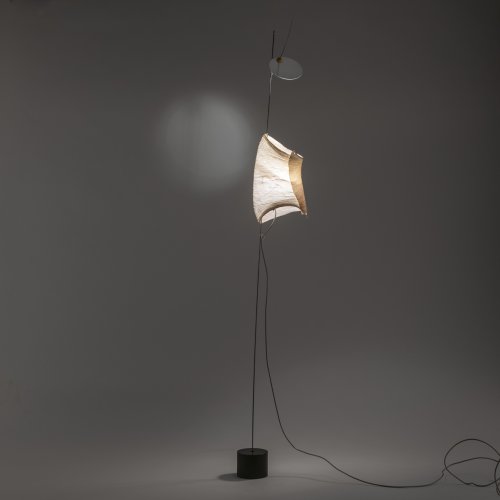
Ingo Maurer, Dagmar Mombach Design M, Maurer, Ingo, München / Munich
Table light 'The Tribe - Watapunga', 1998 (design)
Hammer Price: 850 €
-
Sold
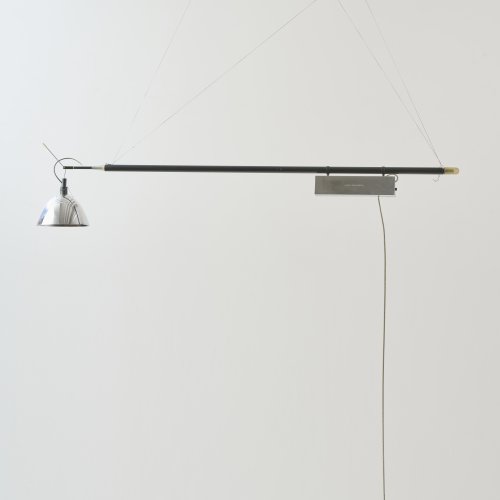
Ingo Maurer Design M, Maurer, Ingo, München
'Max Mover' hanging light, 2000 (design)
Hammer Price: 800 €
-
Sold
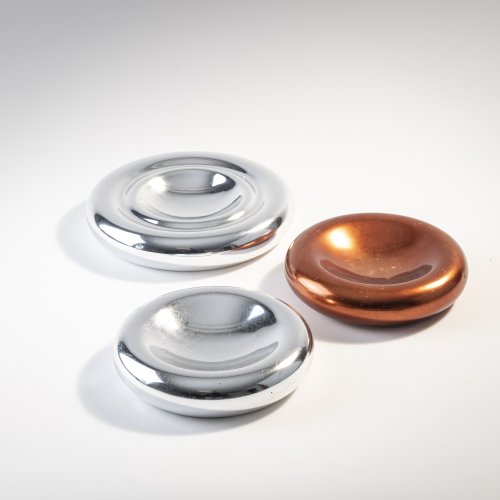
-
Sold
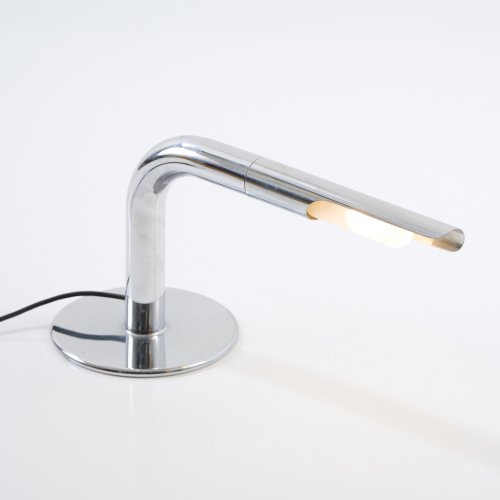
-
Sold
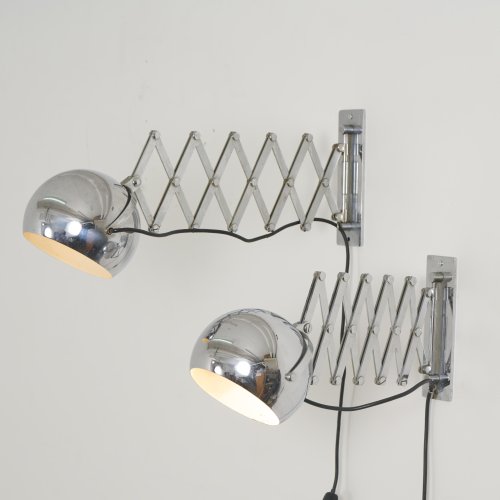
Dorothée Becker, Ingo Maurer Design M, Maurer, Ingo, München
Two 'Scissor' wall lights, 1968 (design)
Hammer Price: 1,400 €
-
Sold
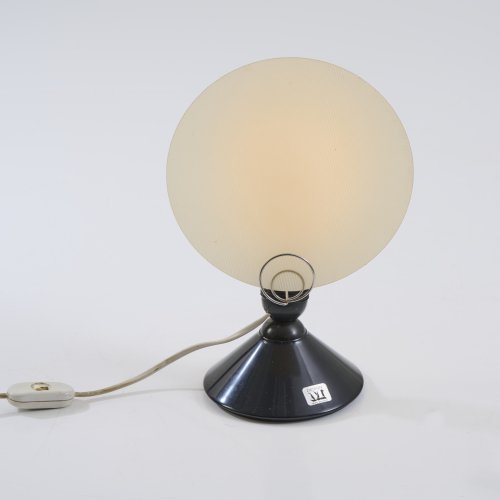
Ingo Maurer Design M, Ingo Maurer, München
Prototype 'Pollux' table/ wall lamp, c. 1967 (design)
Hammer Price: 350 €
-
Sold
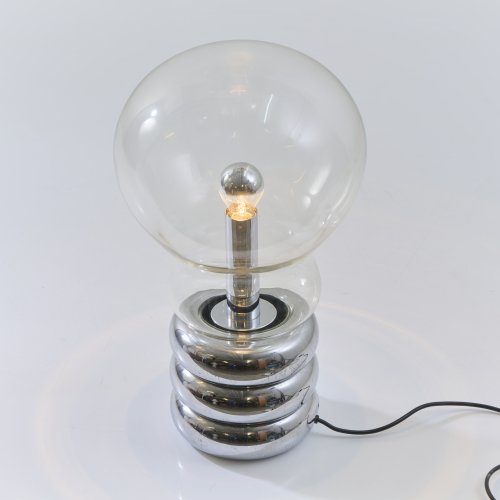
Ingo Maurer Design M, Maurer, Ingo, München
'Giant Bulb Clear' table light, 1966 (design)
Hammer Price: 1,500 €
-
Sold
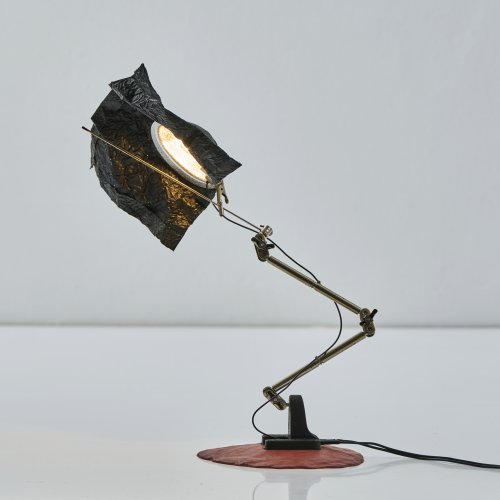
Ingo Maurer Design M, Maurer GmbH, Ingo, München
Table light 'Don Quixote', 1989
Hammer Price: 400 €
-
Sold
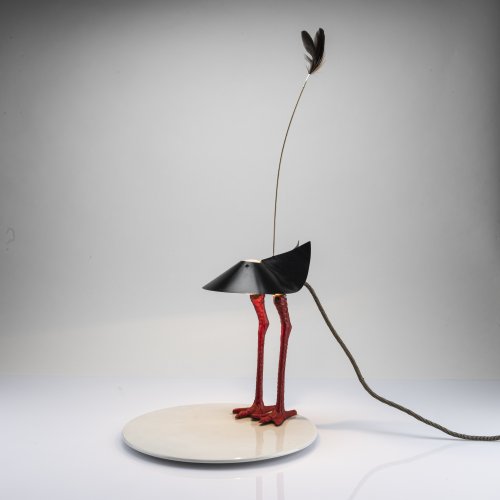
-
Sold
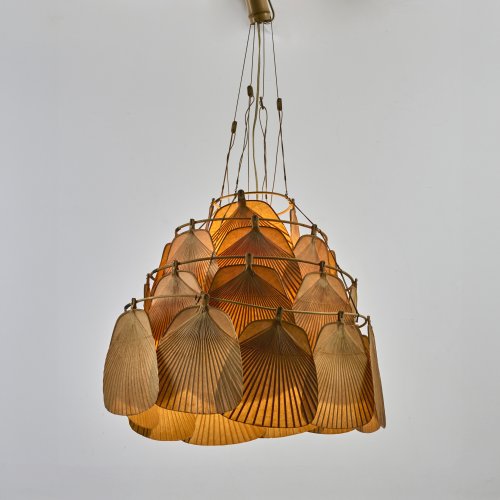
Ingo Maurer Maurer, Ingo, Design M, München
'San-Ju' ceiling light from the 'Uchiwa' series, 1975
Hammer Price: 16,000 €
-
Sold
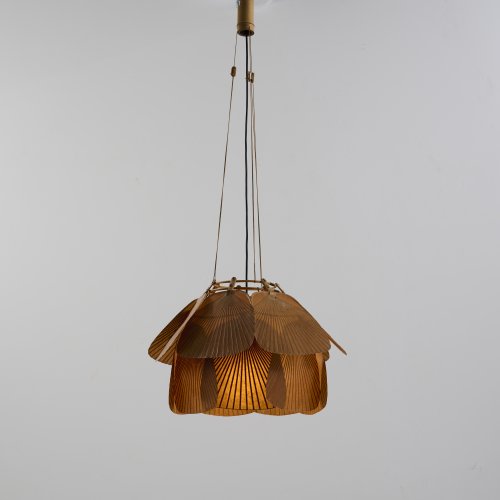
Ingo Maurer Design M, Maurer, Ingo, München
Ceiling light 'Ju-Yon' from the 'Uchiwa' series, 1973
Hammer Price: 6,000 €
-
Sold
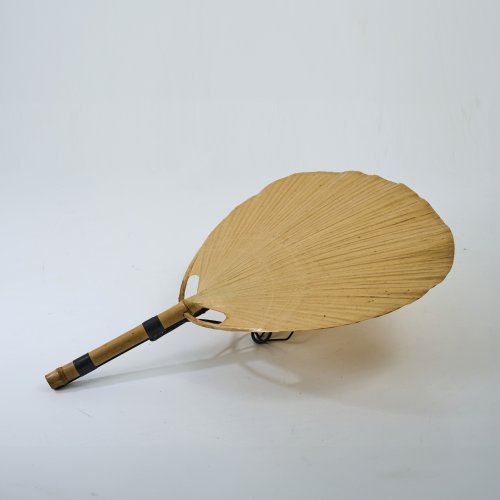
-
Sold
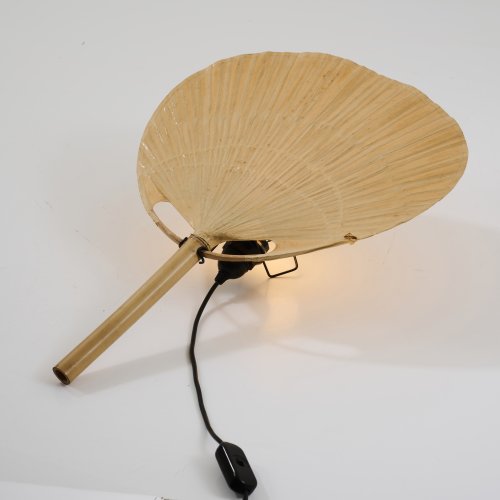
-
Sold
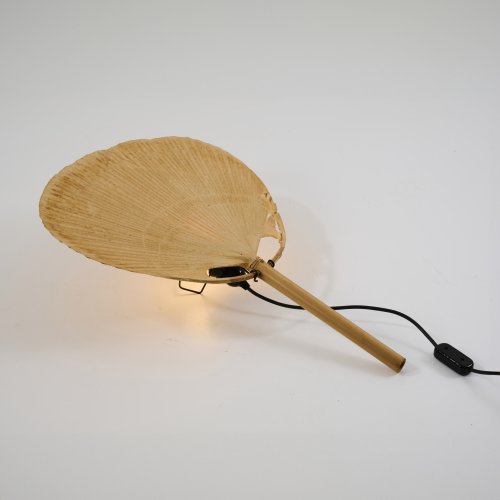
-
Sold
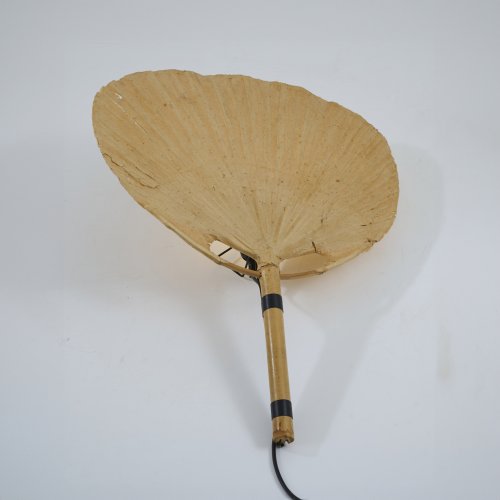
-
Sold
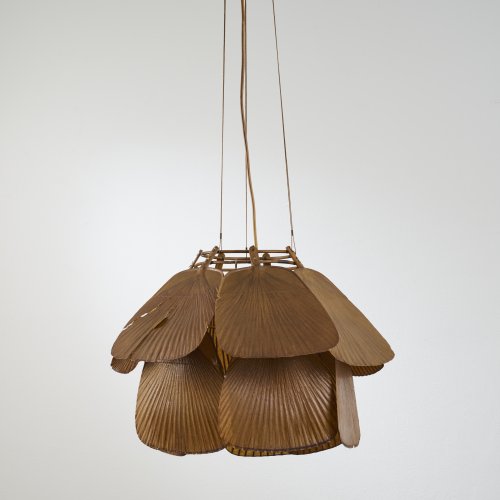
Ingo Maurer Design M, Maurer, Ingo, München
Ceiling light 'Ju-Yon' from the 'Uchiwa' series, 1973
Hammer Price: 5,000 €
-
Sold
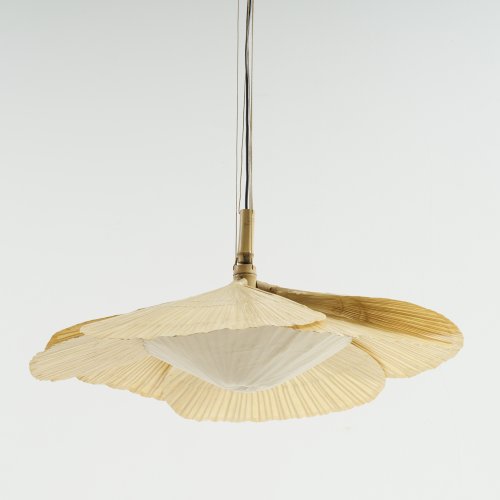
Ingo Maurer Design M, Maurer, Ingo, München
Ceiling light 'Hana II' from the 'Uchiwa' series, 1974
Hammer Price: 13,500 €
-
Sold
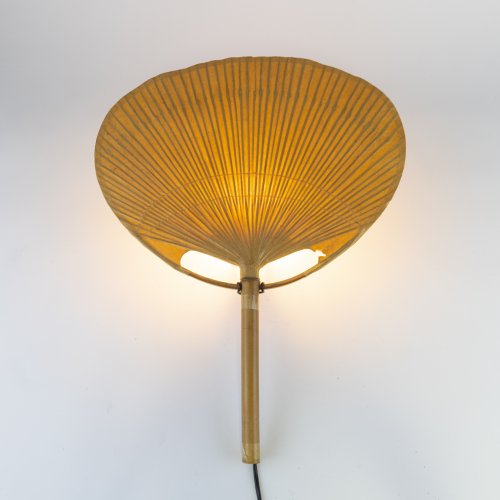
-
Sold
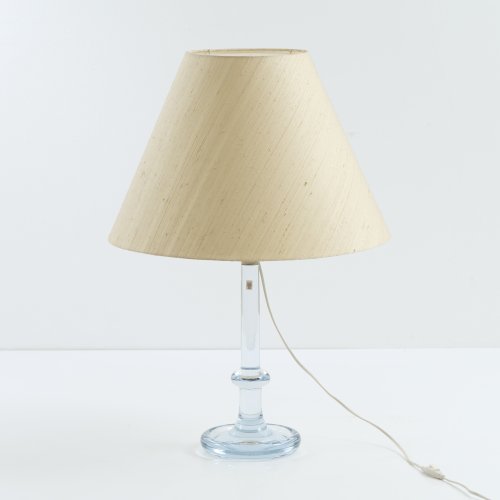
Ingo Maurer (attributed) Design M, Maurer, Ingo, München (zugeschrieben / attr.); Holmegaard, Kopenhagen
Table light, 1969
Hammer Price: 900 €
-
Sold
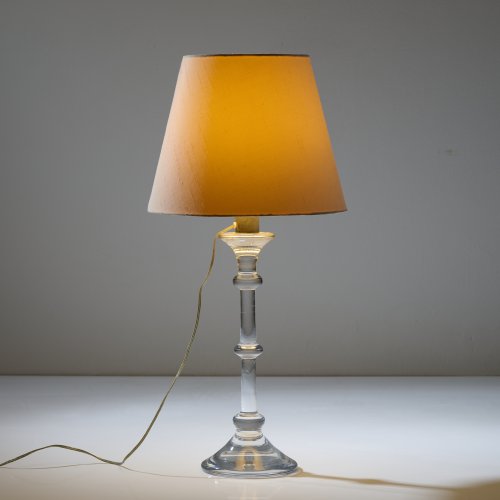
-
Sold
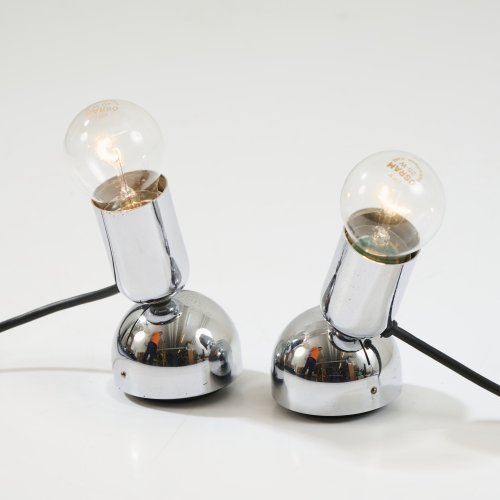
Ingo Maurer Design M, Maurer, Ingo, München
Two 'Pollux' table/wall lights, 1967
Hammer Price: 320 €
-
Sold
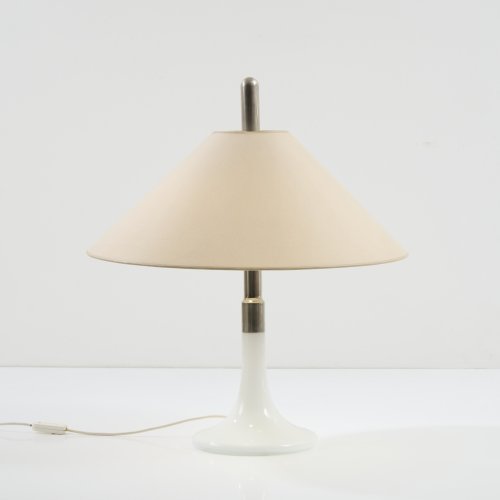
-
Sold
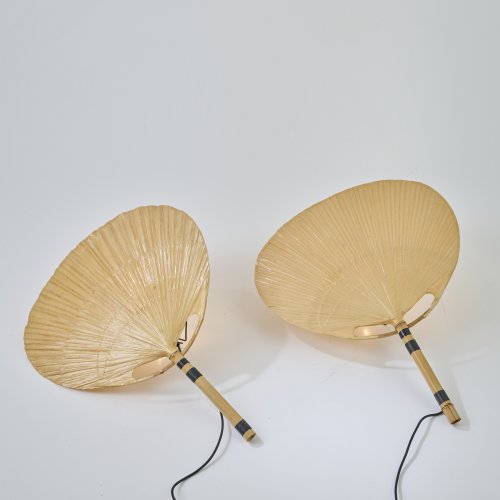
Ingo Maurer Design M, Maurer, Ingo, München
Two wall lights 'Uchiwa III', 1973
Hammer Price: 3,000 €
-
Sold
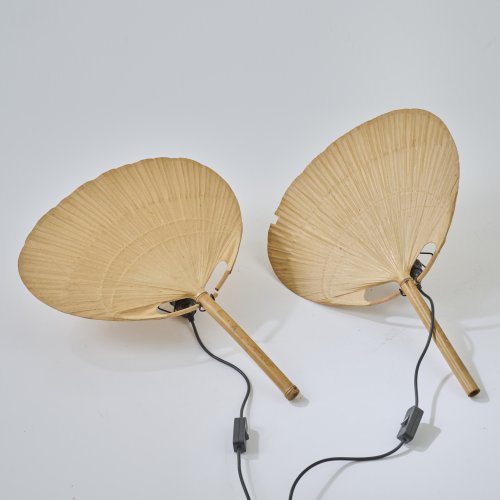
-
Sold
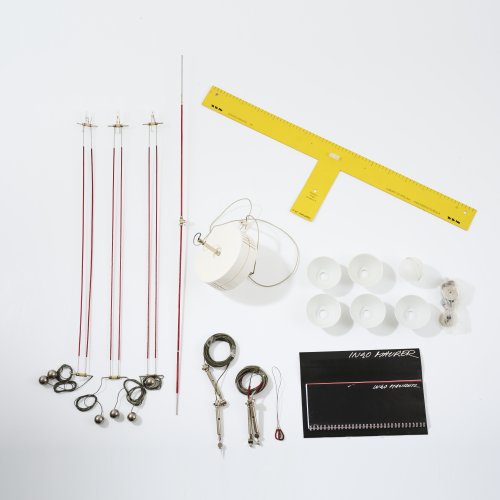
-
Sold
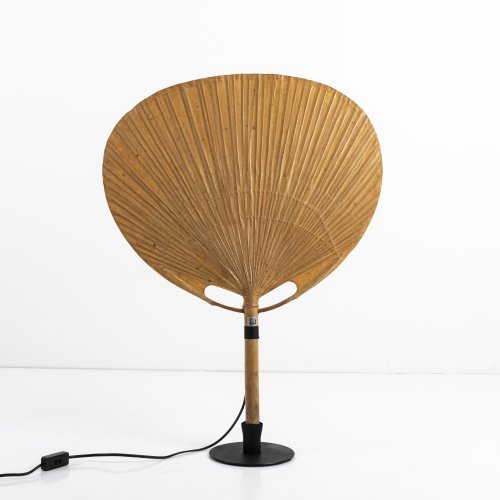
Ingo Maurer Design M, Maurer, Ingo, München
'Uchiwa III' wall- / floorlight, 1973
Hammer Price: 2,000 €
-
Sold
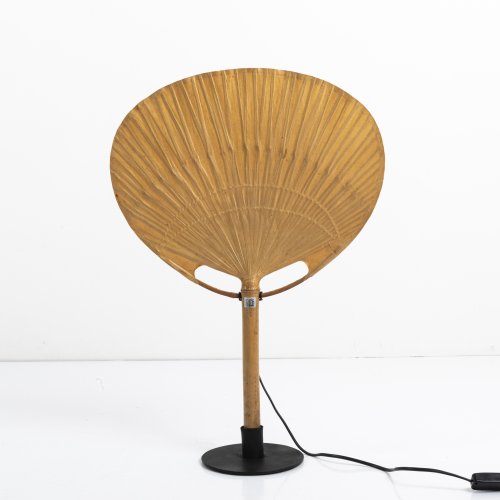
Ingo Maurer Design M, Maurer, Ingo, München
'Uchiwa IV' wall- / floor lamp, 1973
Hammer Price: 1,800 €
-
Sold
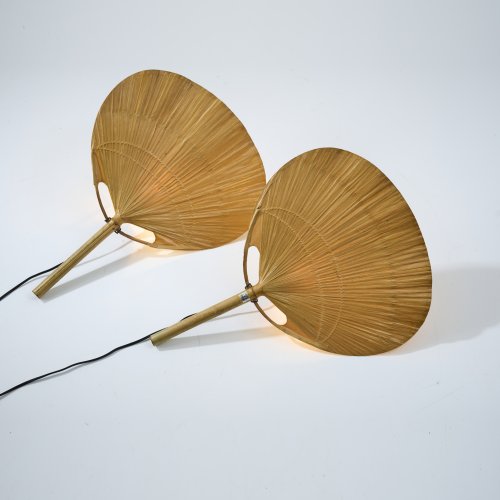
Ingo Maurer Design M, Maurer, Ingo, München
Two 'Uchiwa III' wall- / floor lamps, 1973
Hammer Price: 4,100 €
-
Sold
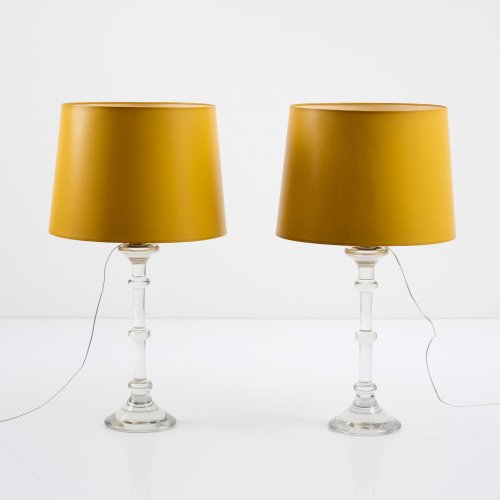
Ingo Maurer Design M, Maurer, Ingo, München; Val St. Lambert
Two 'Tiffany' table lights, 1969
Hammer Price: 1,600 €
-
Sold
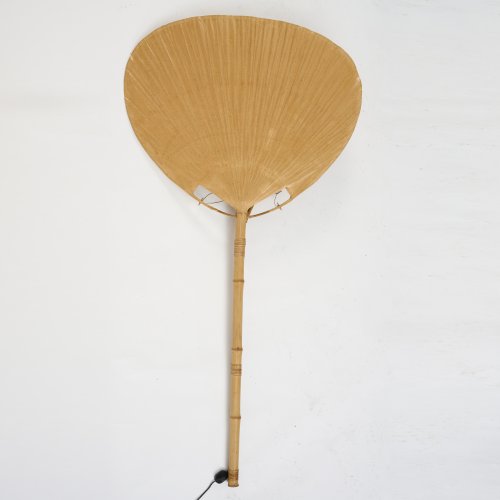
-
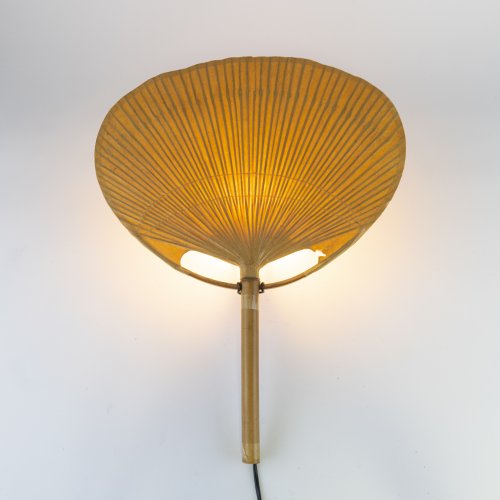
Ingo Maurer Design M, Maurer, Ingo, München
'Uchiwa IV' wall light, 1973
Estimate: 1,500 € - 1,800 €
Unsold lot
-
Sold
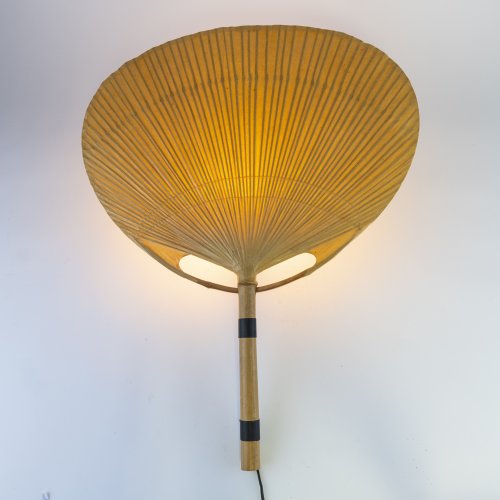
-
Sold
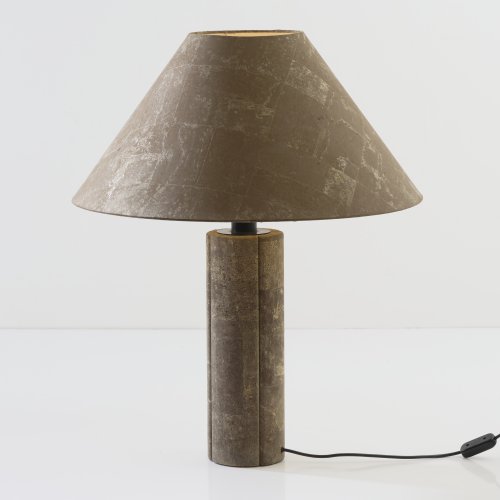
-
Sold
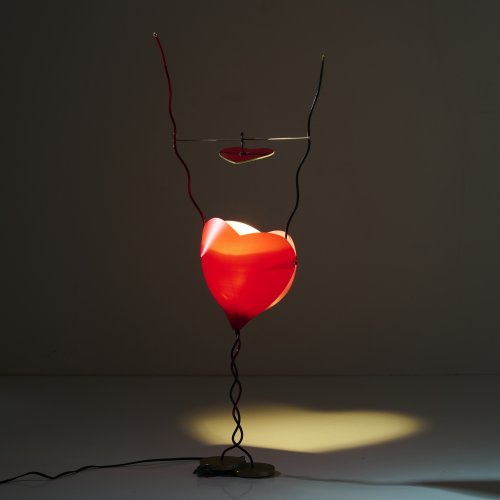
Ingo Maurer Design M, Maurer, Ingo, München
'One from the Heart' table light, 1989
Hammer Price: 350 €
-
Sold
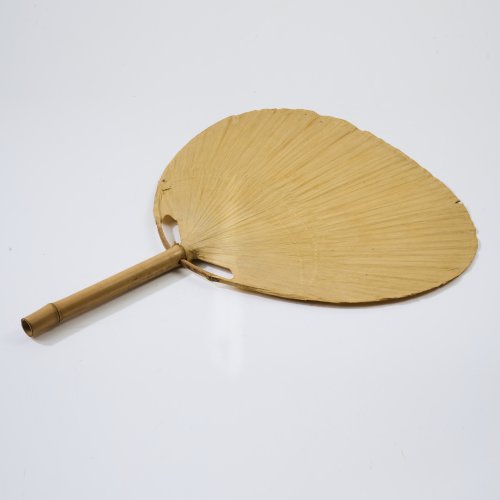
Ingo Maurer Design M, Maurer, Ingo, München
Fan for 'Uchiwa III' wall light, 1973
Hammer Price: 1,200 €
-
Sold
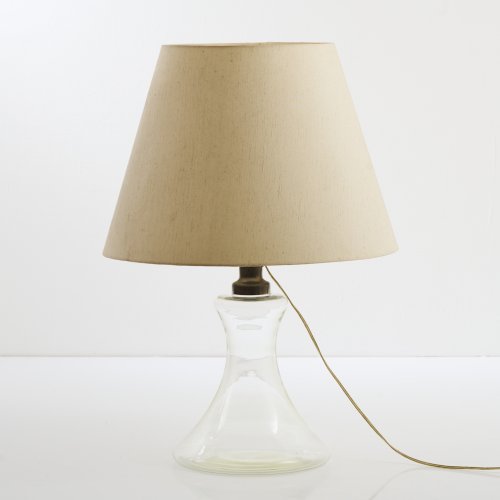
-
Sold
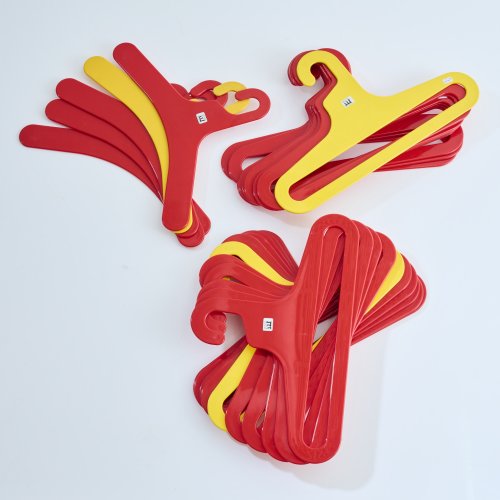
-
Sold
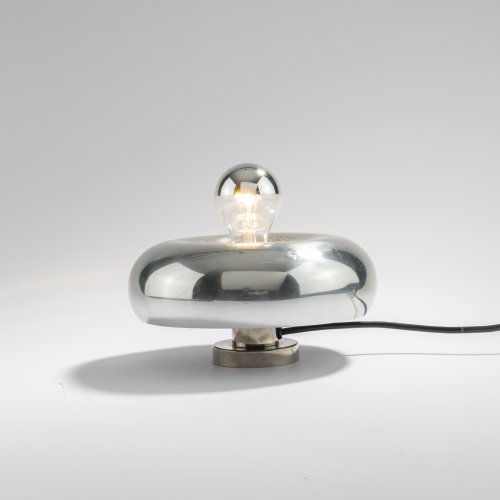
-
Sold
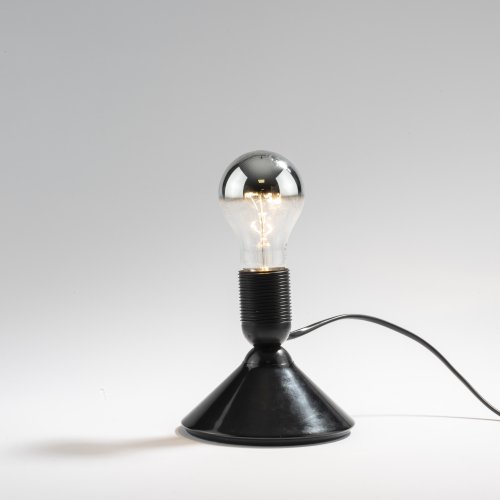
Ingo Maurer Design M, Ingo Maurer, München
Prototype 'Pollux' table/wall lamp, c. 1967
Hammer Price: 350 €
-
Sold
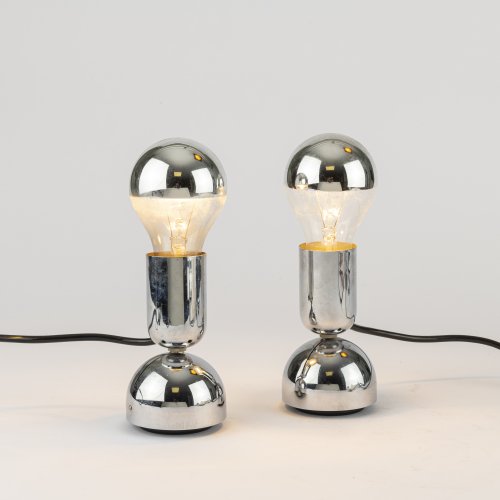
Ingo Maurer Design M, Maurer, Ingo, München
Two 'Pollux' table/wall lights, 1967
Hammer Price: 300 €
-
Sold
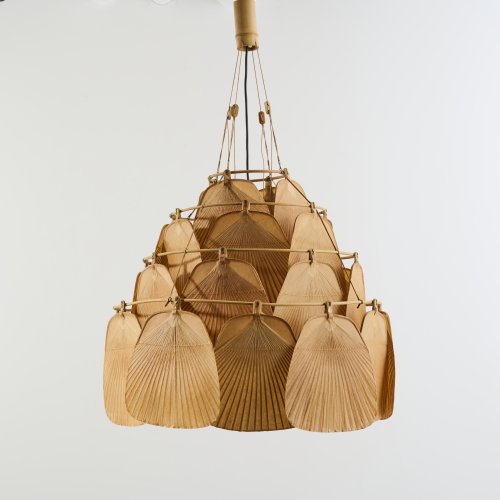
Ingo Maurer Maurer, Ingo, Design M, München
'San-Ju' ceiling light from the 'Uchiwa' series, 1975
Hammer Price: 12,000 €
-
Sold
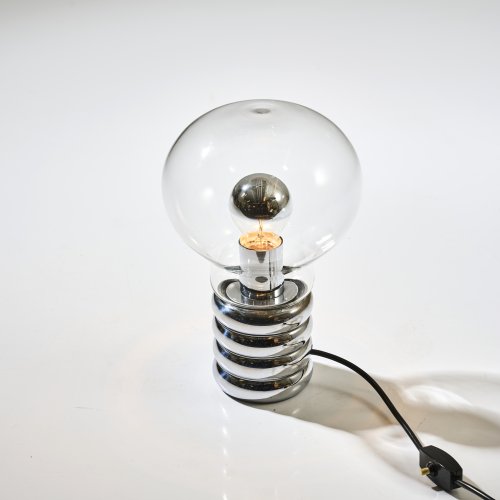
-
Sold
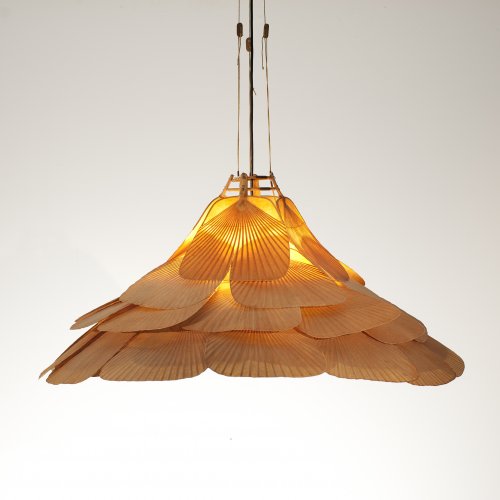
Ingo Maurer Design M, Maurer, Ingo, München
'Roku-Ju' ceiling light from the 'Uchiwa' series, 1975
Hammer Price: 35,000 €
-
Sold
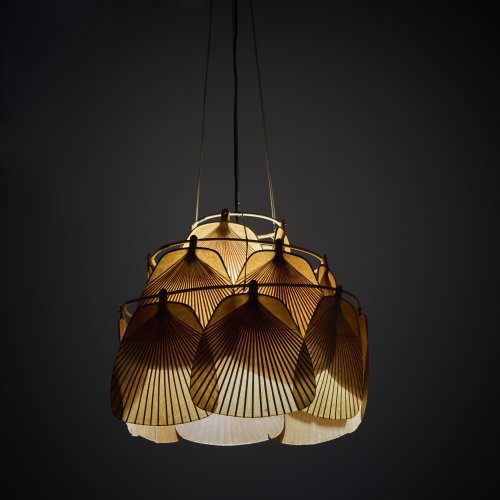
Ingo Maurer Maurer, Ingo, Design M, München
'Ju-Ku' ceiling light from the 'Uchiwa' series, 1973
Hammer Price: 12,000 €
-
Sold
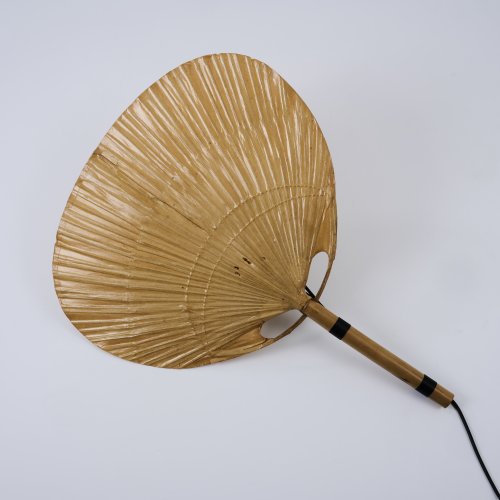
-
Sold
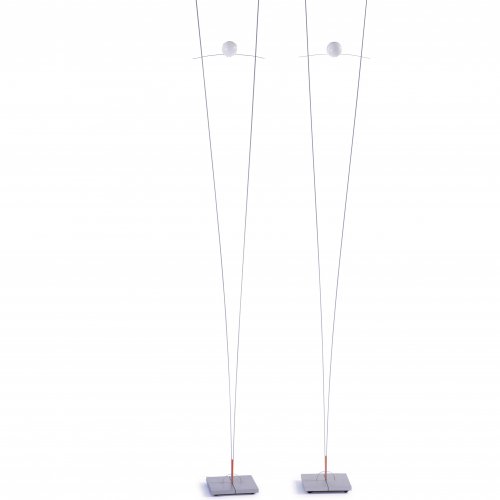
-
Sold
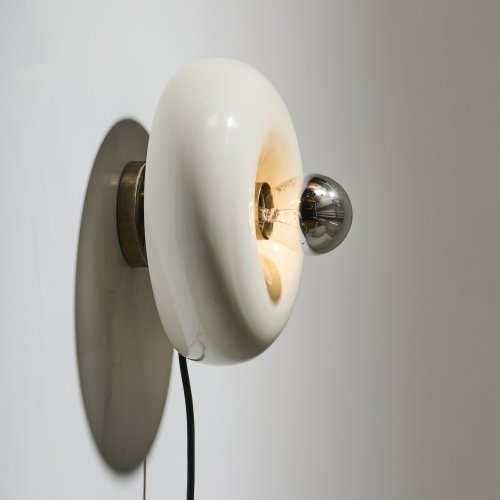
-
Sold
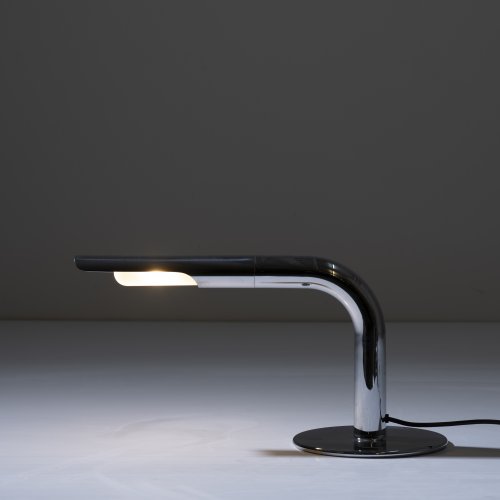
-
Sold
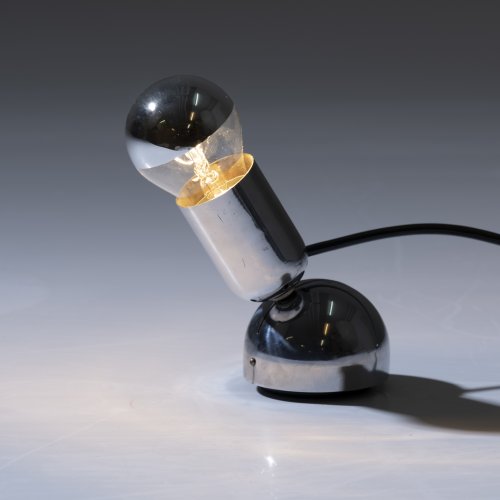
-
Sold
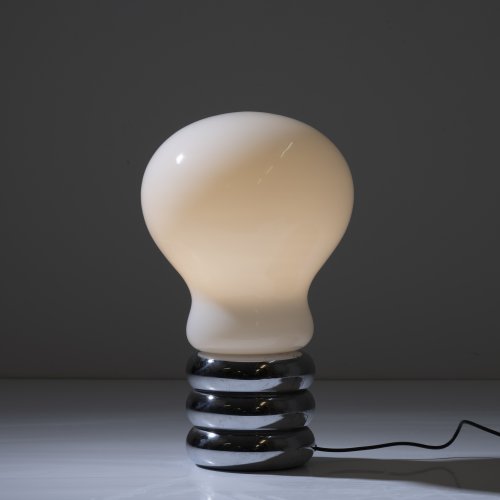
Ingo Maurer Design M, Maurer, Ingo, München
'Giant Bulb Opal' table light, 1966
Hammer Price: 1,400 €
-
Sold
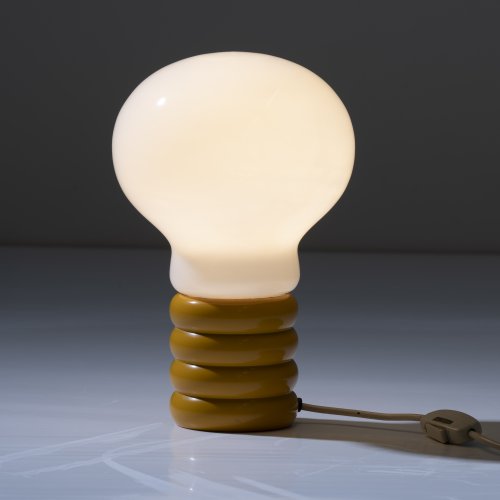
-
Sold
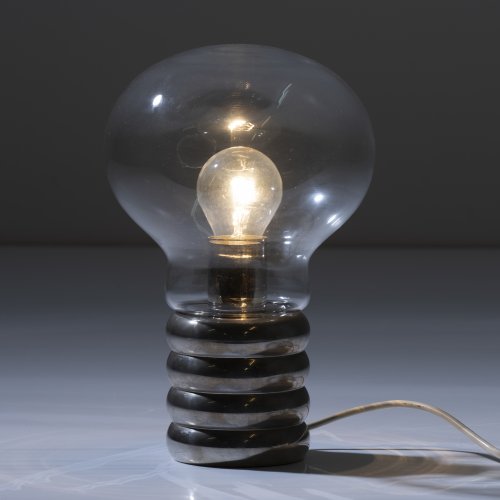
Ingo Maurer Design M, Maurer, Ingo, München
'Bulb Clear'/'Bulb Opal' table light, 1966
Hammer Price: 450 €
-
Sold
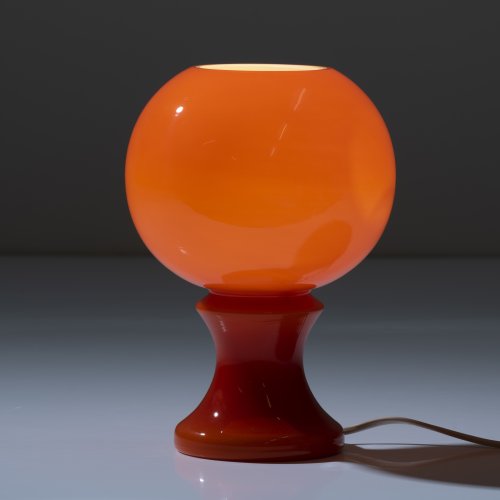
-
Sold
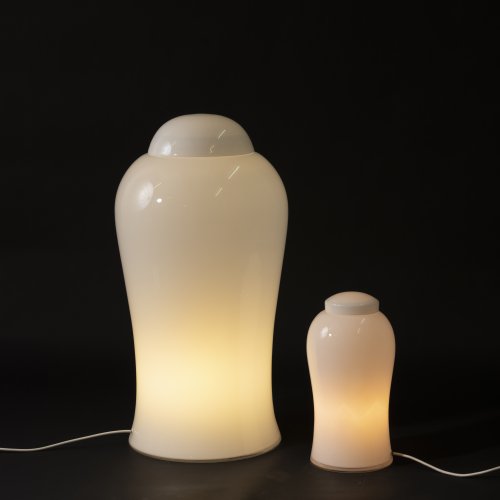
Ingo Maurer Maurer, Ingo, Design M, München
2 table / floor lights 'Tsching 3' and 'Tschang 1', 1979
Hammer Price: 700 €
-
Sold
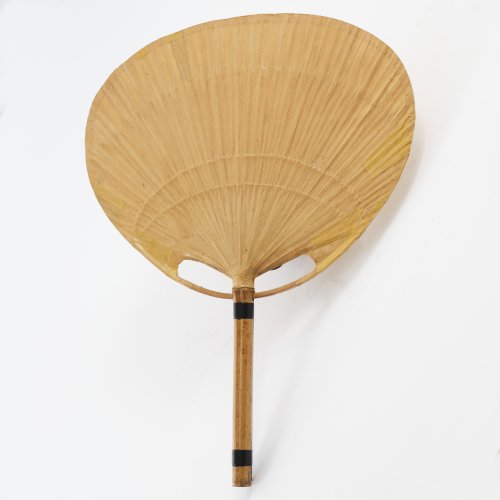
-
Sold
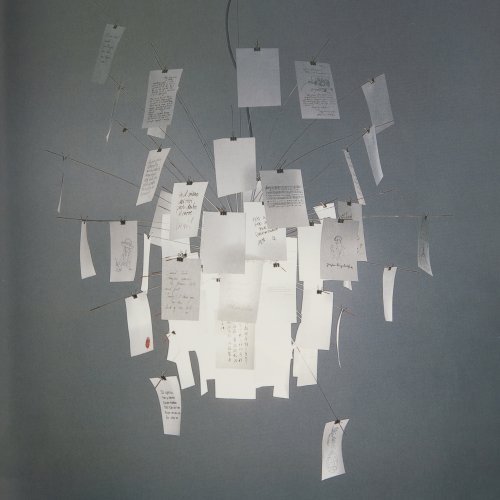
-
Sold
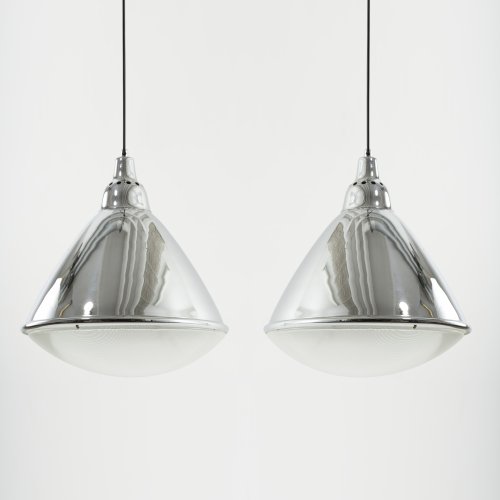
Ingo Maurer Design M, Maurer, Ingo, München
2 'Headlight' ceiling lights, 1968
Hammer Price: 1,200 €
-
Sold
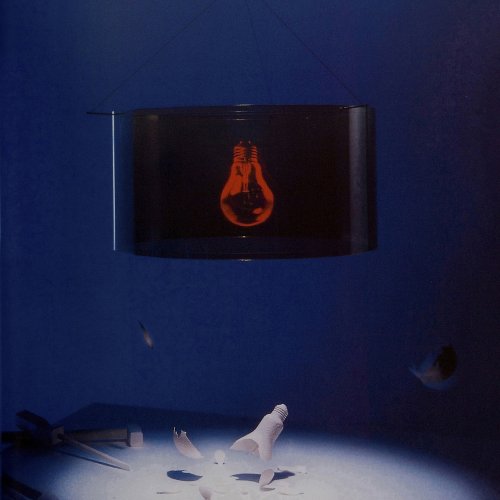
Ingo Maurer Maurer, Ingo, GmbH, München
'Wo bist du, Edison?' ceiling light, 1997
Hammer Price: 1,600 €
-
Sold
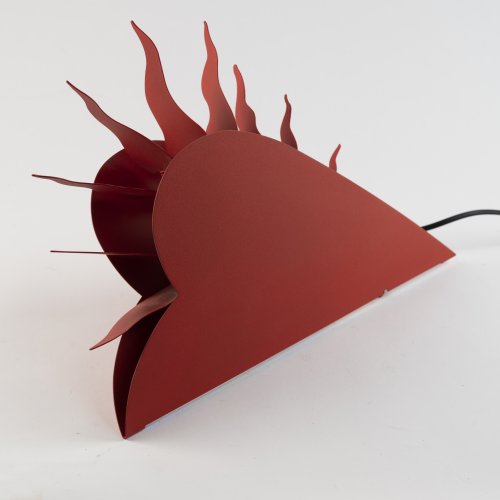
Ingo Maurer Maurer, Ingo, GmbH, München
'One for the Recession' wall light, 1994
Hammer Price: 360 €
-
Sold
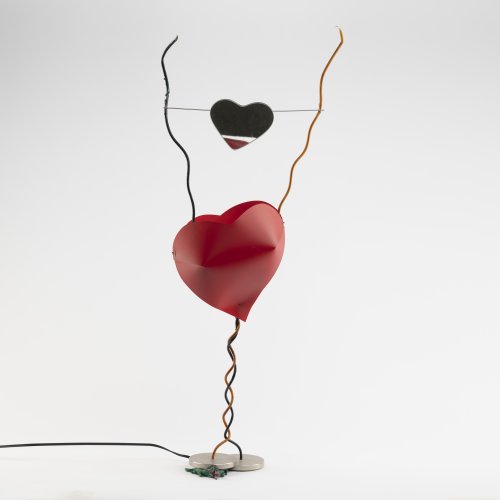
-
Sold
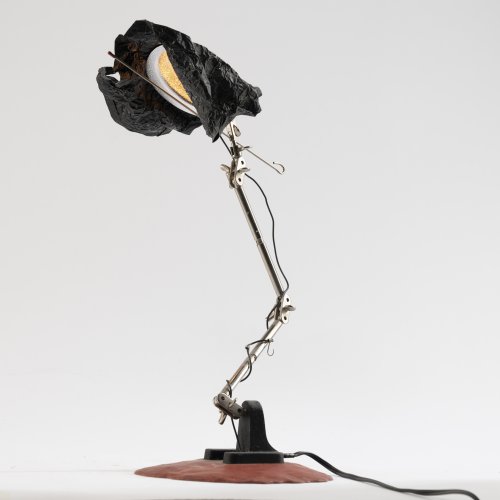
-
Sold
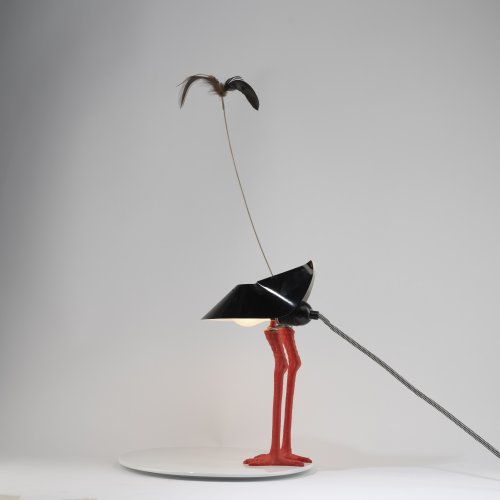
-
Sold
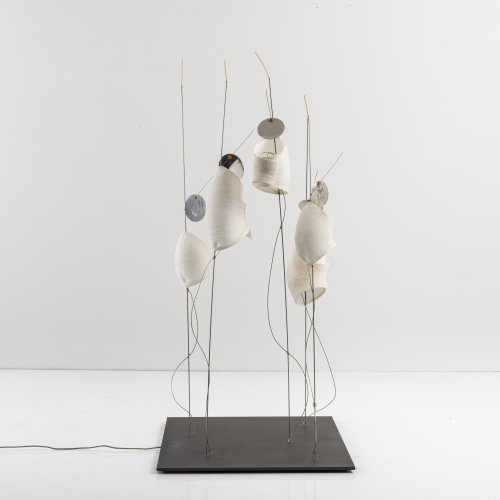
Ingo Maurer, Dagmar Mombach Maurer, Ingo, GmbH, München
'Mahbruky' table light, 1998
Hammer Price: 1,600 €
-
Sold
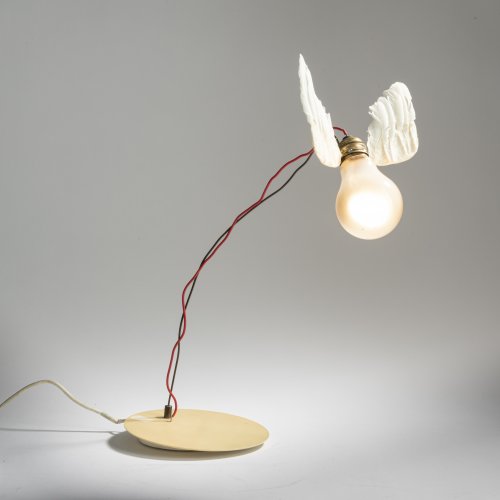
-
Sold
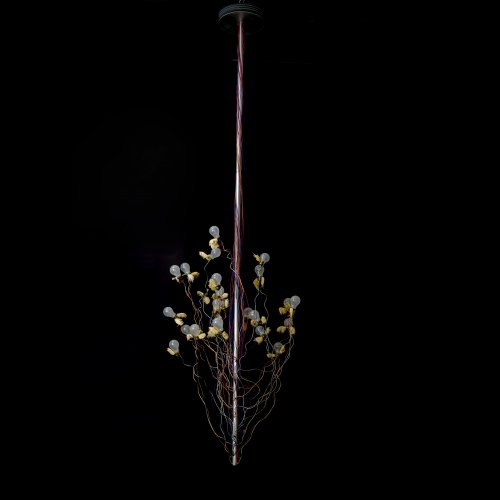
Ingo Maurer Ingo Maurer GmbH, München
'Birds Birds Birds' ceiling light, 1990s
Hammer Price: 2,000 €
-
Sold
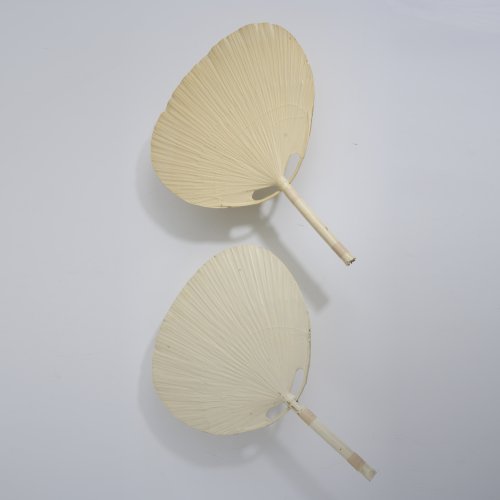
-
Sold
-
Sold
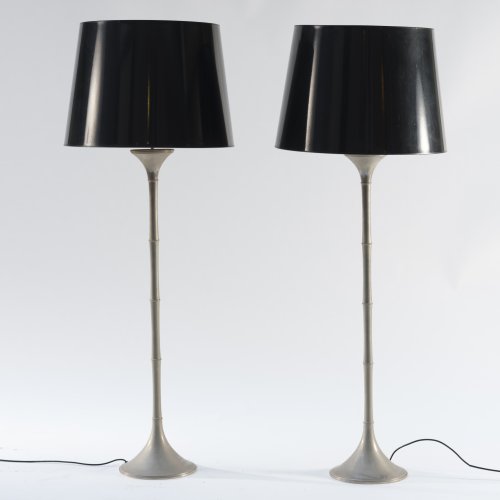
-
Sold
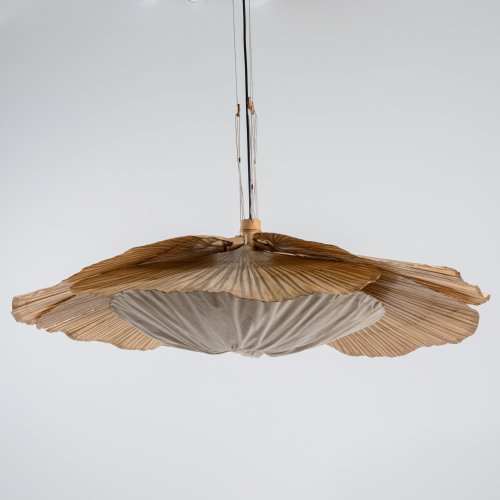
-
Sold
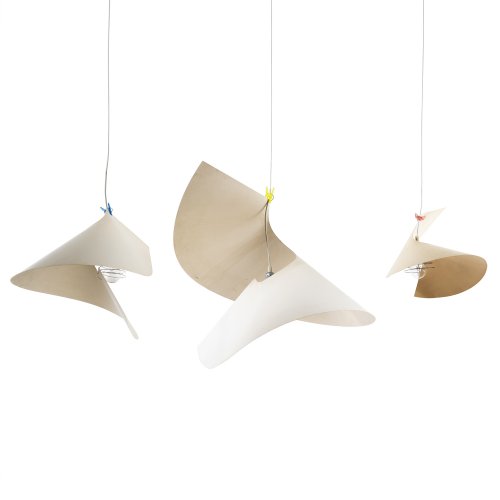
Ingo Maurer Design M, Ingo Maurer München
Set of three 'Willydilly' pendant lights, 1983
Hammer Price: 300 €
-
Sold
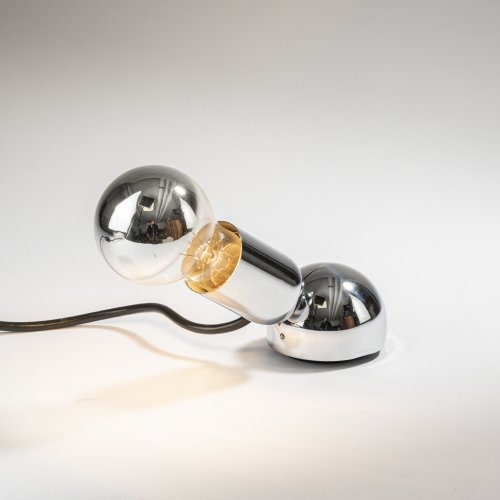
-
Sold
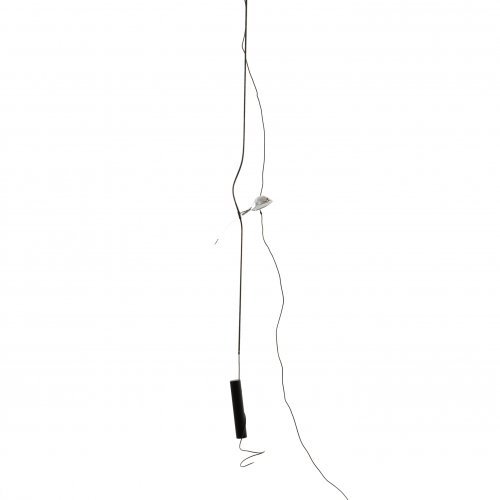
-
Sold
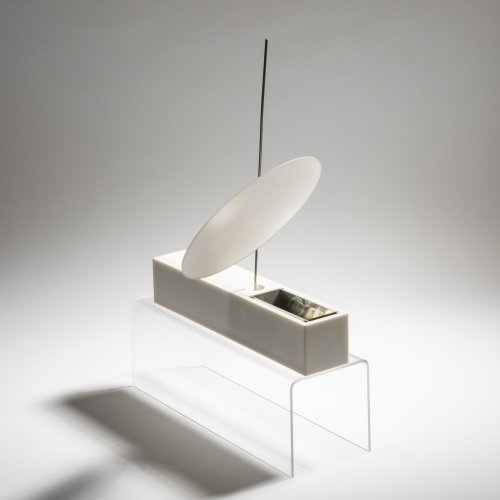
-
Sold
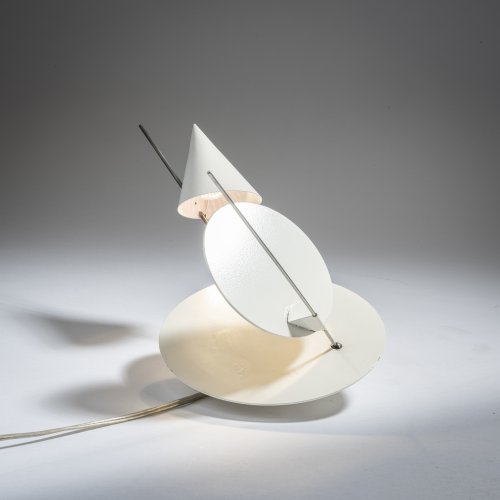
Ingo Maurer Design M Ingo Maurer, München
Prototype 'Eclipse Ellipse' wall light, 1989
Hammer Price: 1,000 €
-
Sold
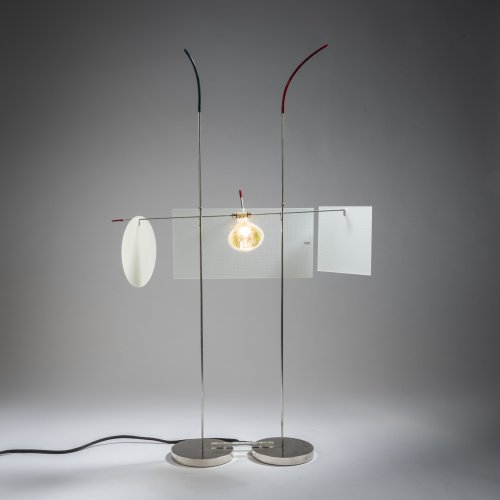
-
Sold
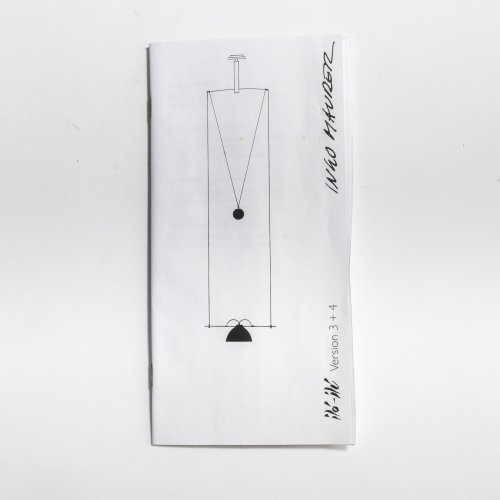
Ingo Maurer Design M Ingo Maurer, München
Suspension light 'Ilò-Ilù, version 4, 1986
Hammer Price: 300 €
-
Sold
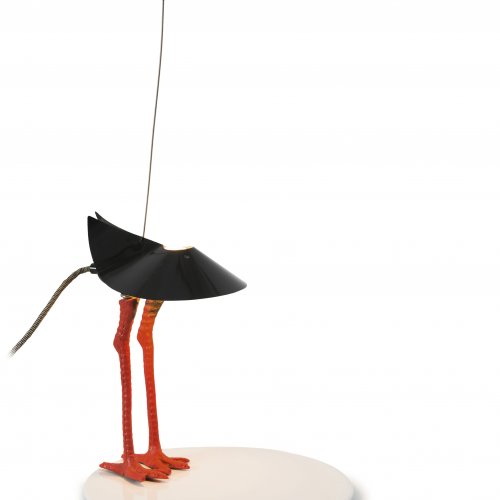
-
Sold
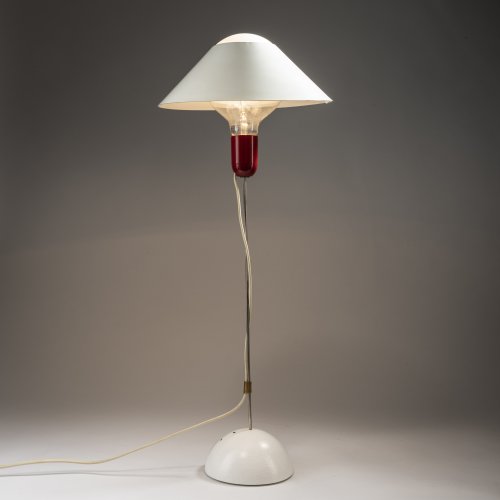
-
Sold
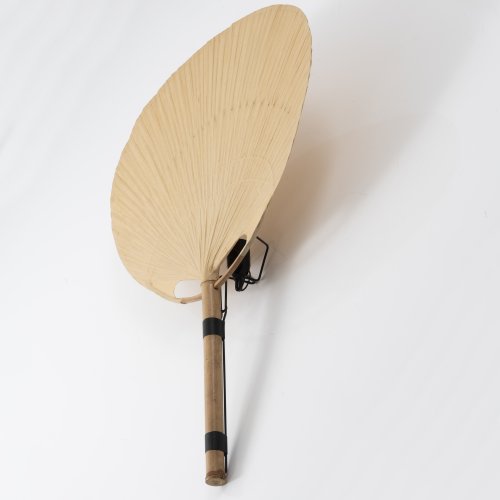
-
Sold
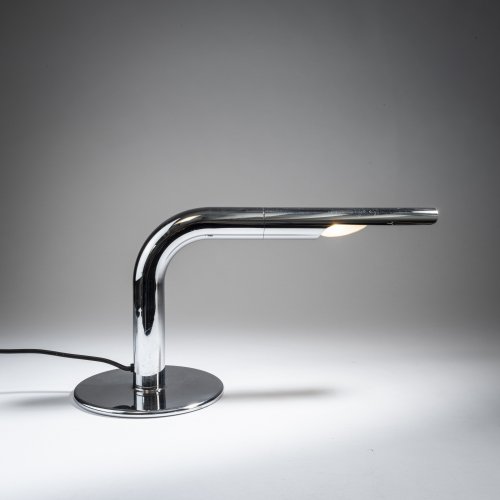
-
Sold
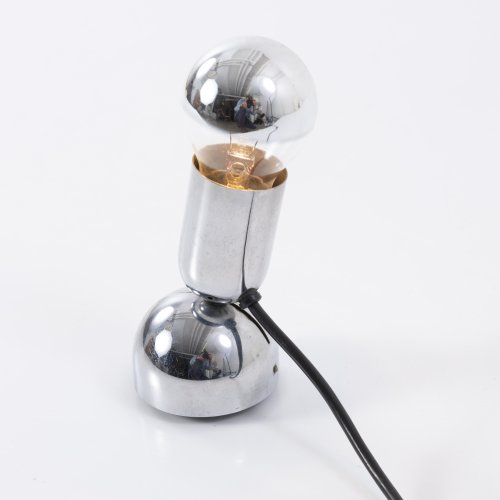
-
Sold
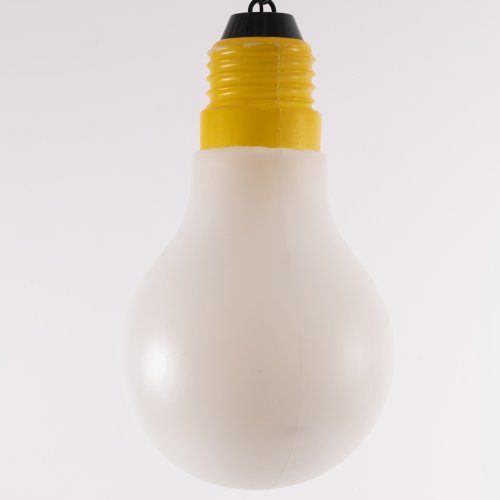
-
Sold
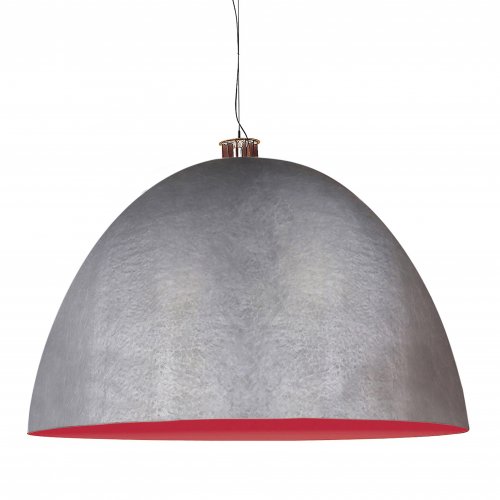
-
Sold
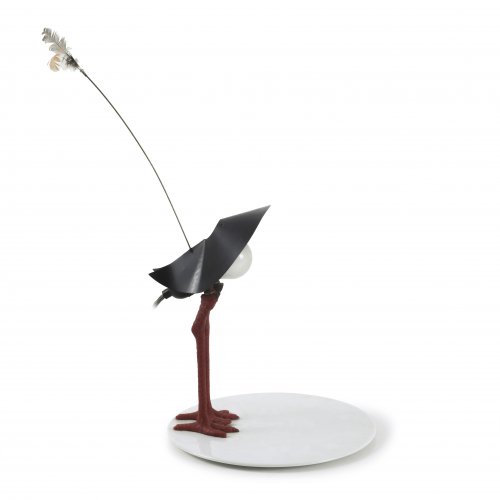
-
Sold
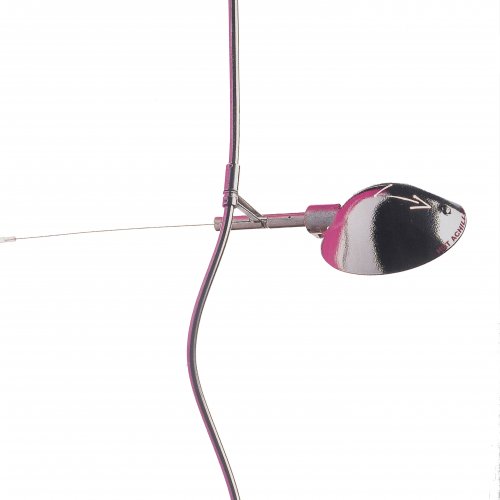
Ingo Maurer Design M, Ingo Maurer, München
Two 'Hot Achille' ceiling lights, 1994
Hammer Price: 400 €
-
Sold
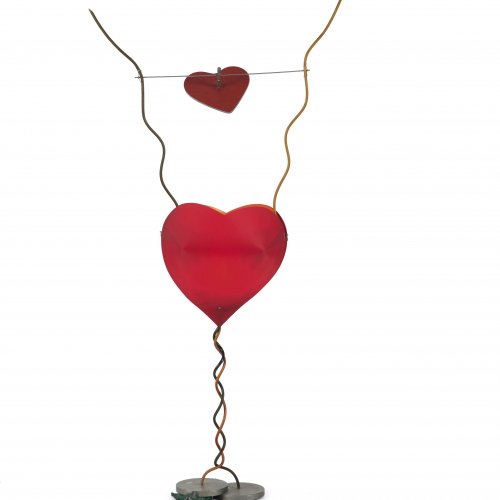
Ingo Maurer Design M, Maurer Ingo, München
'One from the Heart' table light, 1989
Hammer Price: 400 €
-
Sold
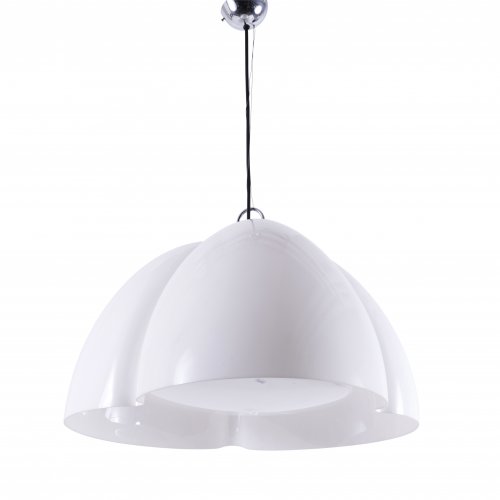
-
Sold
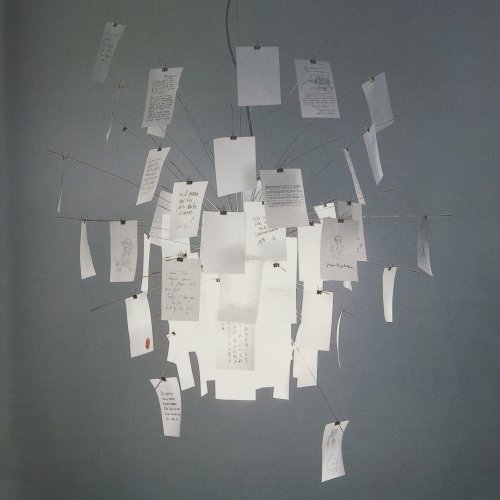
-
Sold
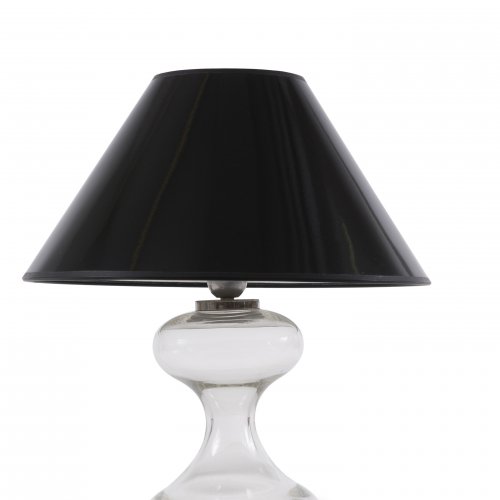
-
Sold
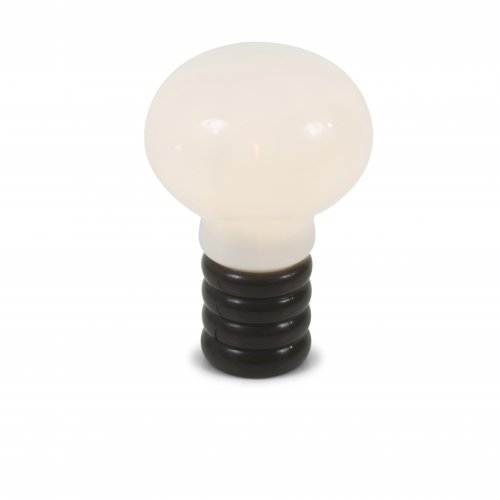
-
Sold
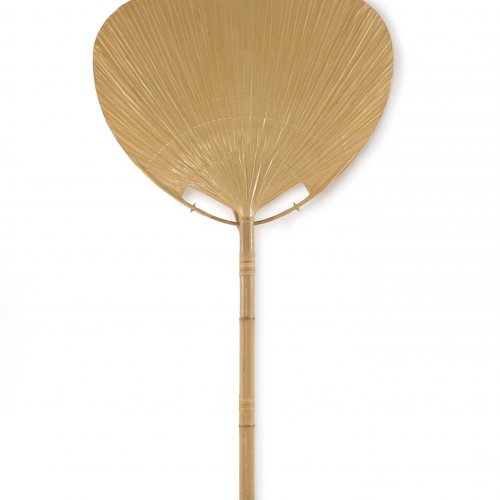
-
Sold
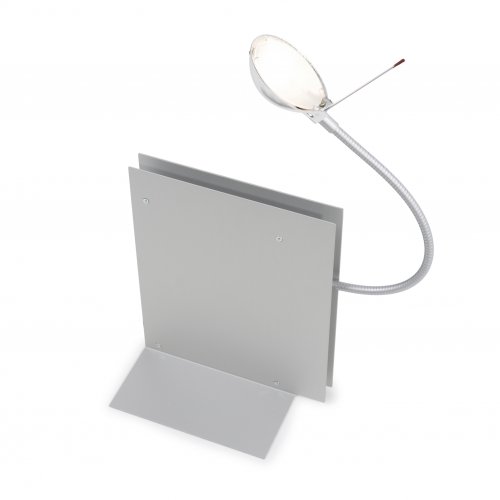
-
Sold
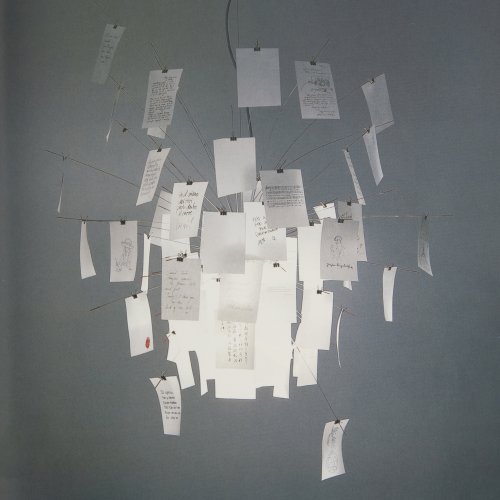
-
Sold
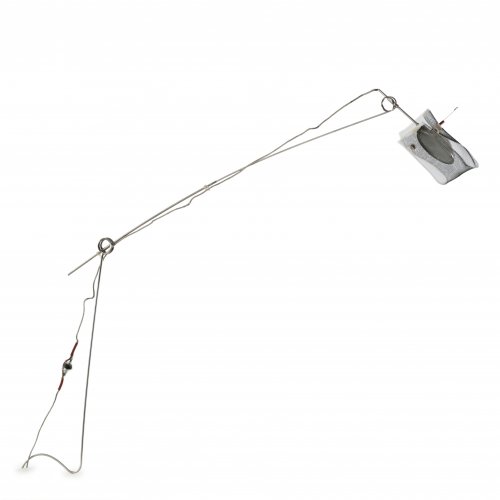
-
Sold
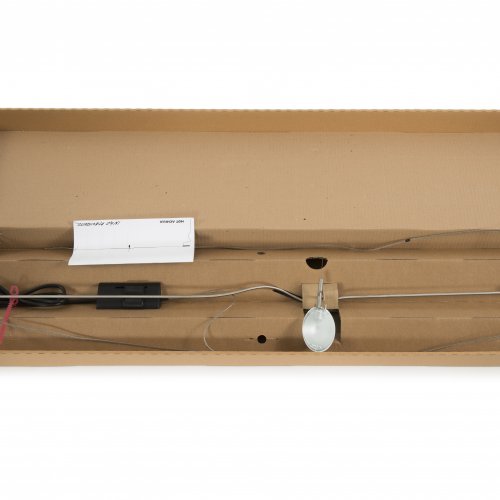
-
Sold
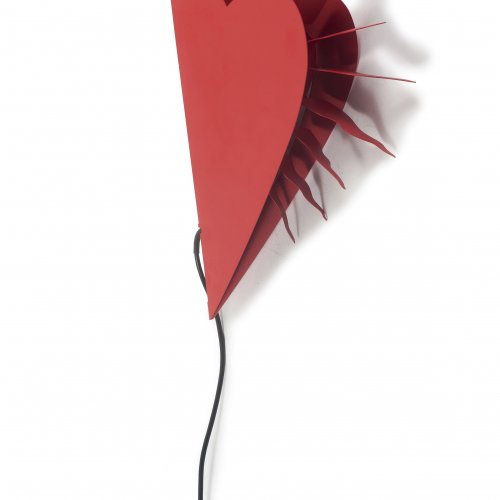
-
Sold
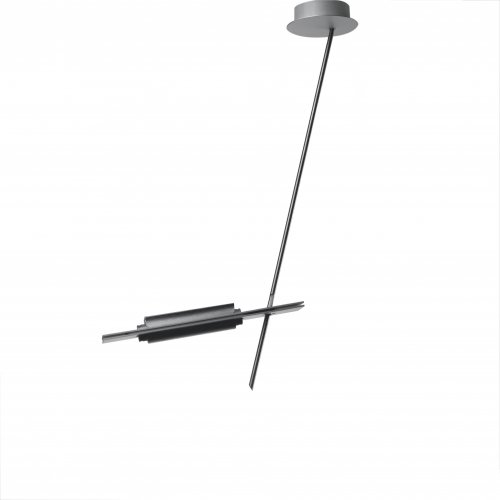
Ingo Maurer Design M Ingo Maurer, München
'Wandering Finger' ceiling light/bracket, 1994
Hammer Price: 200 €
-
Sold
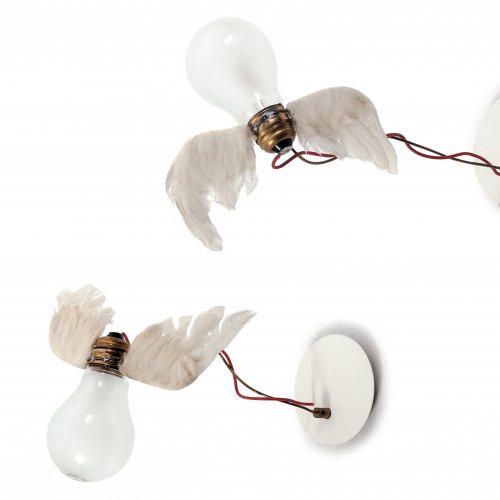
-
Sold
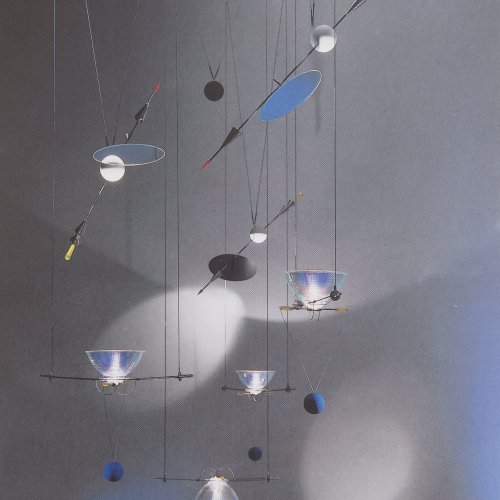
-
Sold
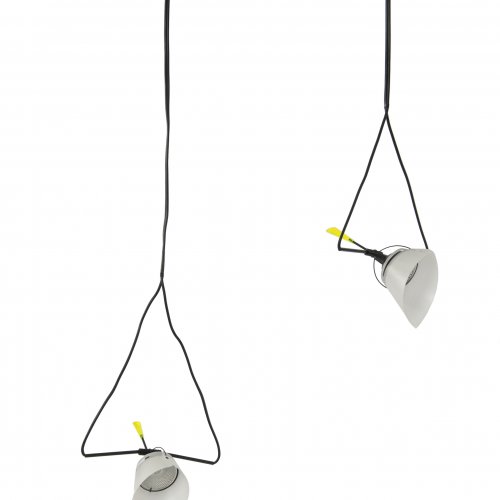
Ingo Maurer Design M Ingo Maurer, München
Two 'Little Black Nothing' pendant lights, 1986
Hammer Price: 150 €
-
Sold
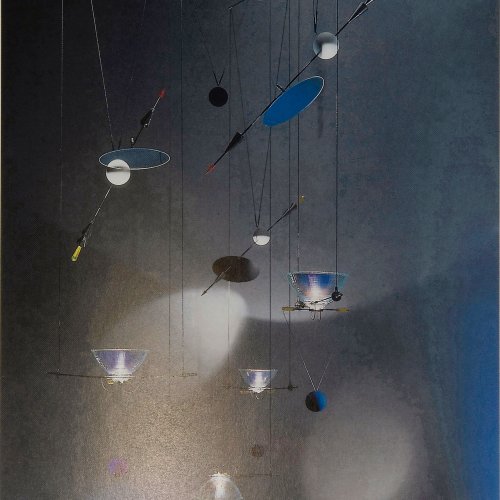
-
Sold
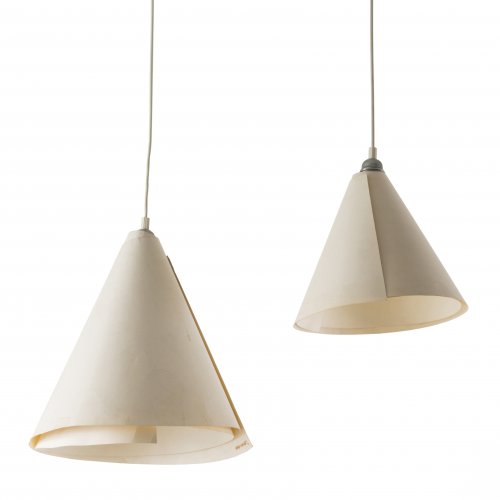
-
Sold
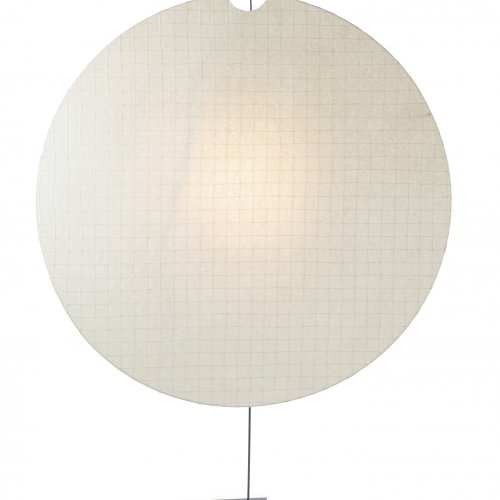
-
Sold
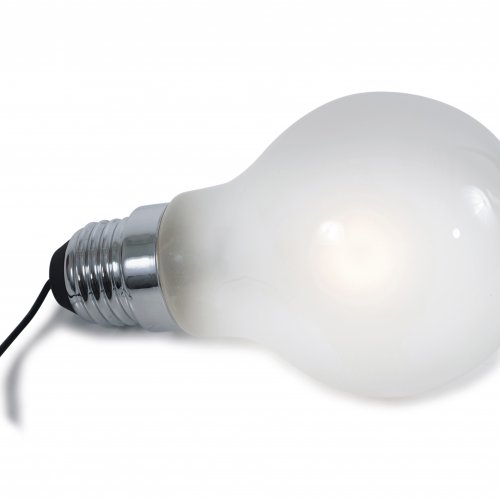
-
Sold
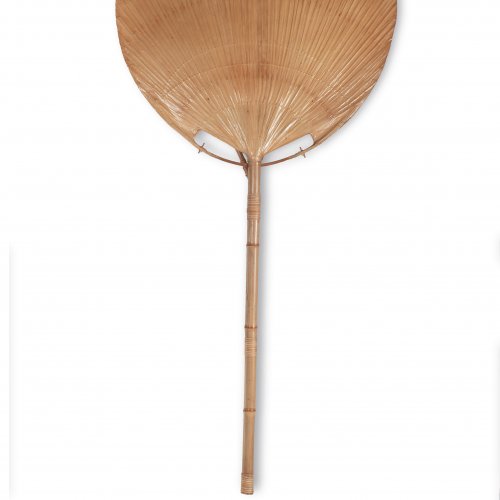
-
Sold
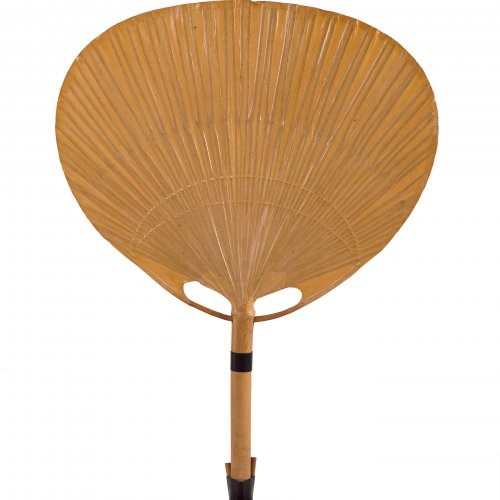
-
Sold
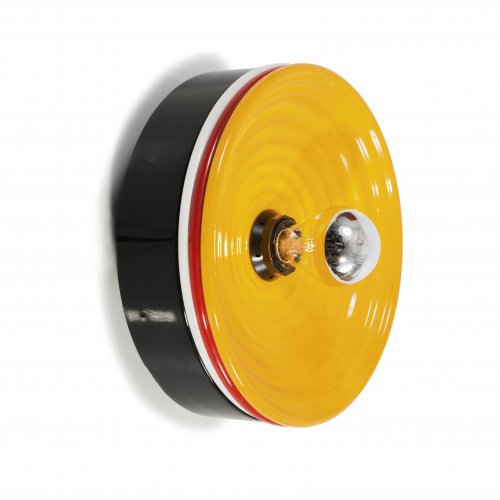
-
Sold
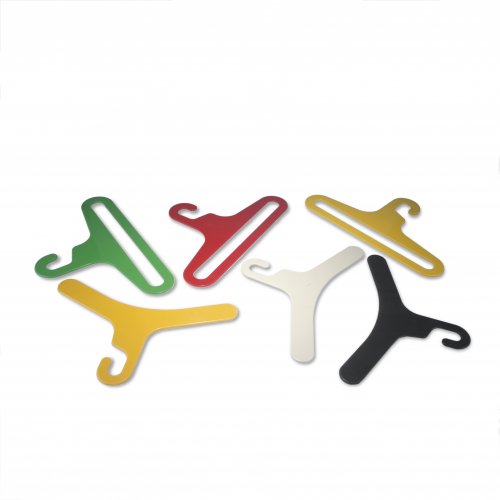
Ingo Maurer Design M Ingo Maurer, München
Six coat hangers 1 + 2 and 5 coat hooks, 1970s
Hammer Price: 100 €
-
Sold
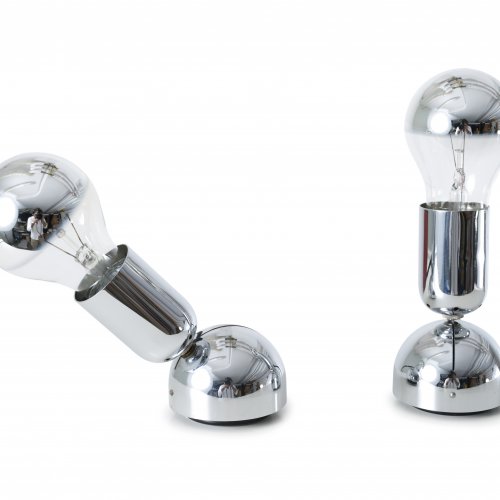
-
Sold
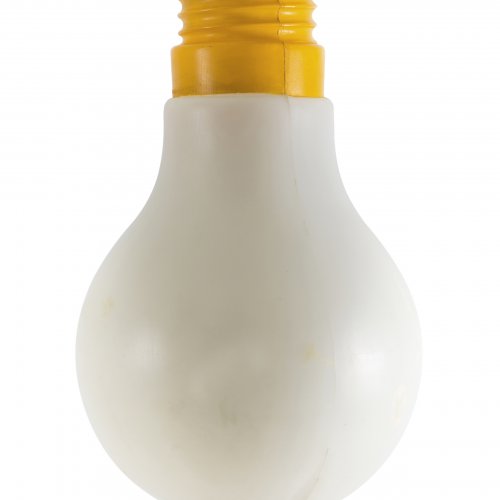
Ingo Maurer Design M Ingo Maurer, München
'Bulb Bulb' pendant- /floor light, 1966
Hammer Price: 250 €
-
Sold
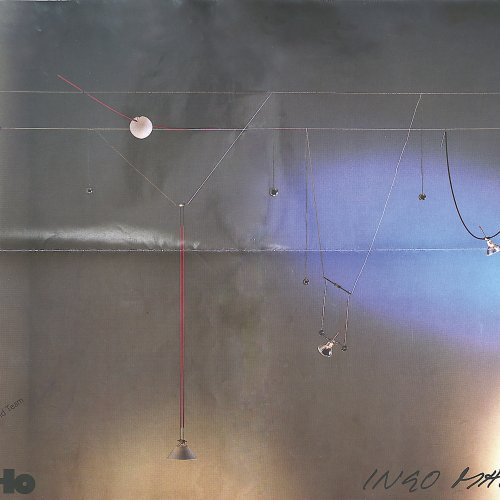
-
Sold
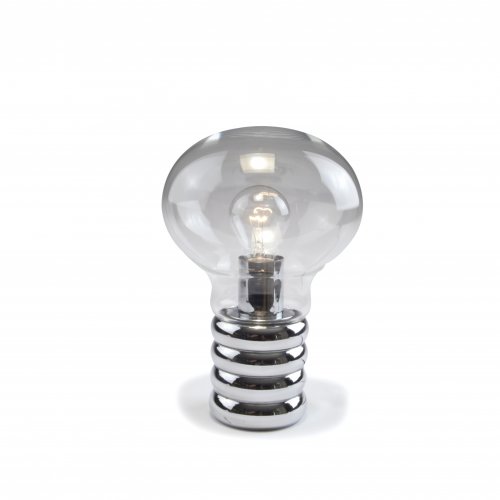
-
Sold
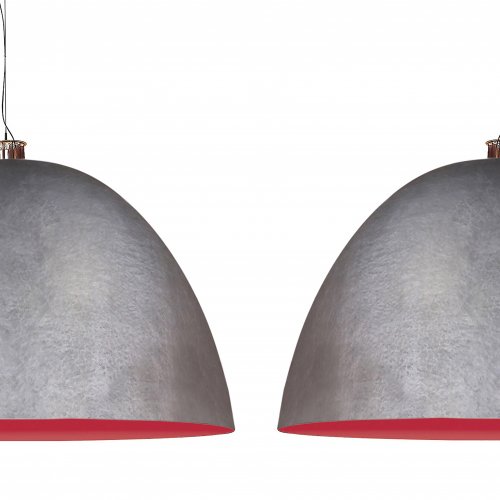
Ingo Maurer Design M Ingo Maurer, München
Two 'XXL Dome' ceiling lights, 1999
Hammer Price: 12,000 €
-
Sold
-
Sold
-
Sold
